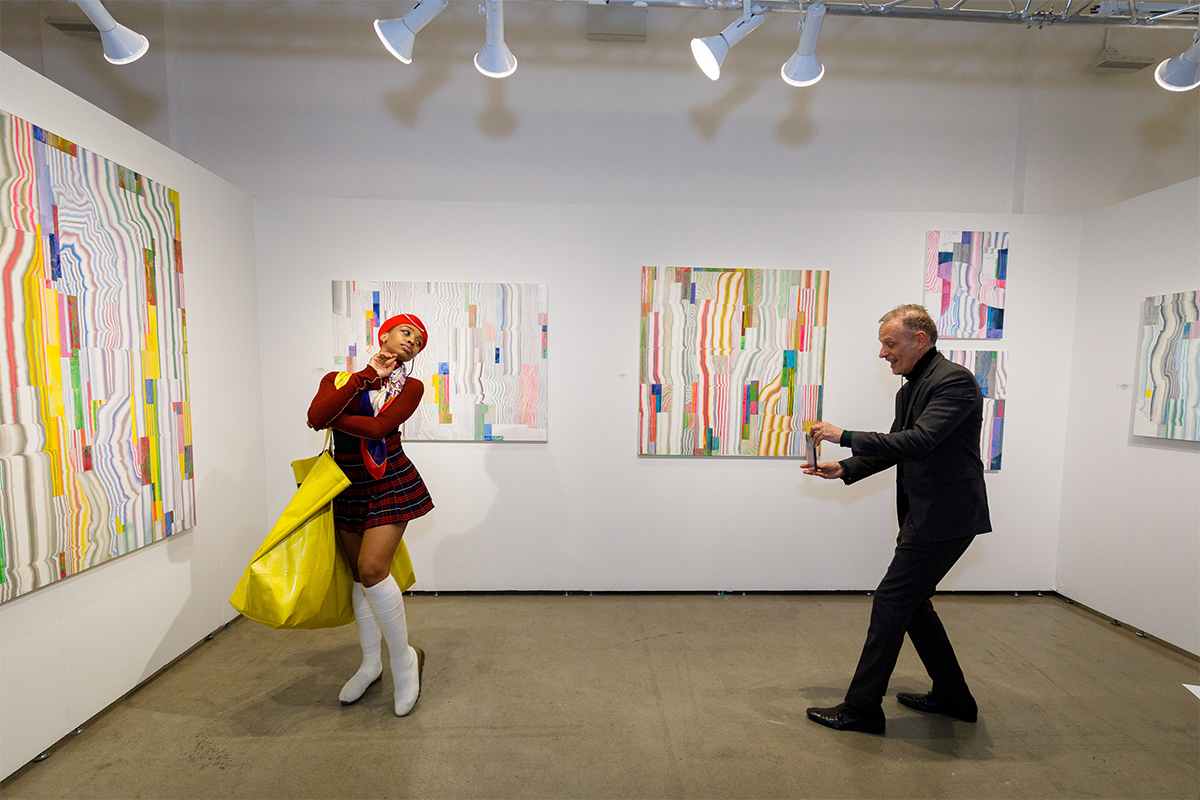
VOLTA Art Fair. New York City. Photo: David Willems
Kamiar Maleki entered the art world at a young age and quickly became a leading curator and collector. Now Director of Volta Art Fairs, he speaks to Contributing Editor, Samantha Welsh, about the opportunities Volta is creating for new galleries and artists, ahead of the opening of the fair in New York on 18 May

Kamiar Maleki. Photo by Kenneth Nars
LUX: Please tell us a little bit about yourself and where you spent your formative years?
Kamiar Maleki: I was born in Iran in 1978 to a family of politicians, military generals, and diplomats. We escaped Iran in early 1979 before the revolution. My formative years came thereafter, spent between France, USA, Germany, and the UK.
LUX: How did your appreciation for art become a compulsion to discover and collect?
KM: My appreciation for art started in Germany. I remember seeing sculptures by Niki De Saint Phalle in the squares of Germany and was mesmerised by them. We also spent much time in Vienna, where my parents exposed us to galleries, museums, and the theatre. My love of art transitioned from a love of sculpture to painting and then well beyond.
The compulsion to collect came after college. As a gift, my father gave my brother and I funds with which to begin our collections. These funds came with a condition. We were advised to extensively research and pitch to him the merit of works we wanted to acquire. If we wanted to sell anything, we had to follow the same philosophy and were required to reinvest the proceeds back into art. This activity functioned as our own personal art fund in a way. I was lucky to discover some gems early on during this period, from Ged Quinn to Oscar Murillo. The discovery of new talent became a compulsion — I truly loved meeting, supporting, and cultivating fresh talent.
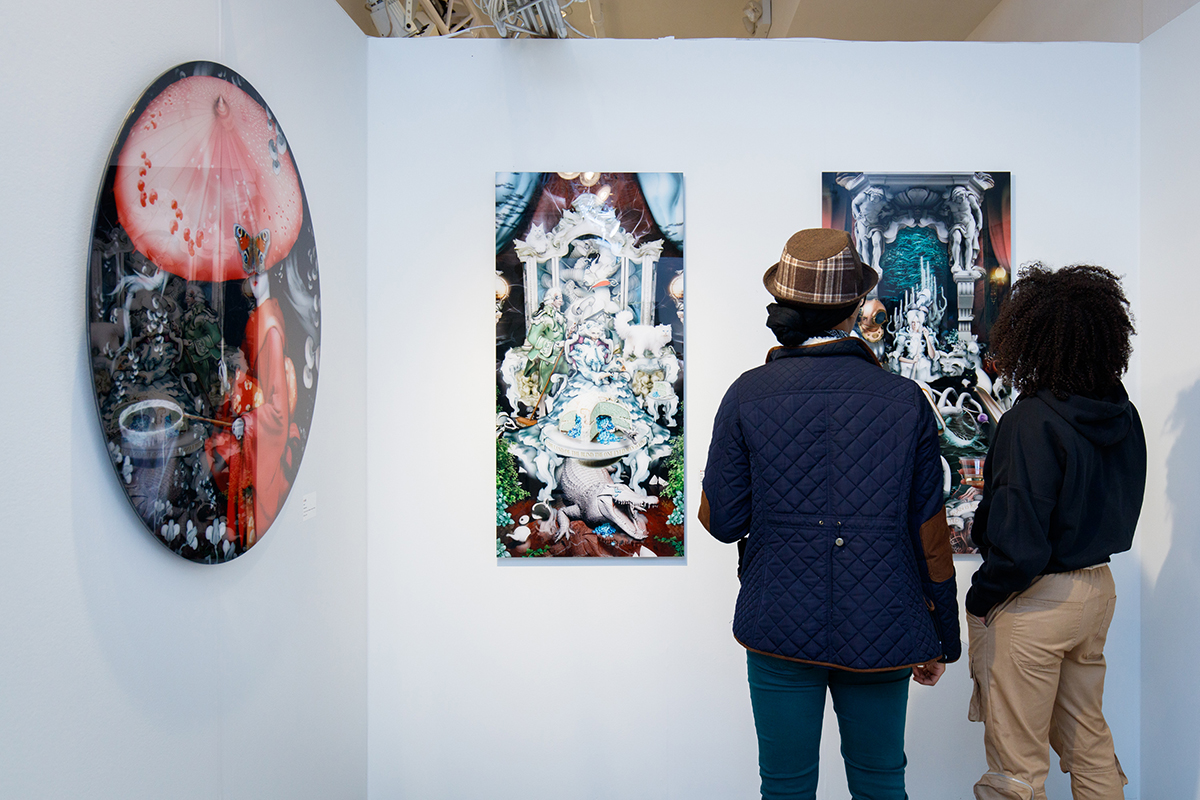
VOLTA Art Fair. New York City. Photo: David Willems
LUX: Over time have you evolved personal guiding principles?
KM: Absolutely. The more art you see, the more you read, the broader the mindset becomes. Your ideas change as well as your tastes. You learn to hone your eye.
LUX: Is there a conversation to be had about how we buy and show art?
KM: Yes, I believe progress is always centered on continuing to question existing models. Whether through my curatorial work or my involvement in the market, I have a practical understanding of how connoisseurs and collectors discover new artists:
The art world is a social market and it operates cyclically, like a traveling nexus. If you’re setting out to expose seasoned collectors to new talent, you need proximity, both geographically and ideologically, to the key players of the art market.
Follow LUX on Instagram: luxthemagazine
Six years ago, I curated my first show on how one buys, sells and researches art on platforms like Instagram, having bought my first piece on Instagram over seven years ago. Just last summer, I curated the very first art-in-residency program to create NFTs by collaborating with different industries, across the music industry, digital art and traditional art.
It is the responsibility of the curator or director to vet quality and content, to ensure that what you present resonates across audiences. Through exposure and education, there exists the possibility to reinvigorate how we transact.
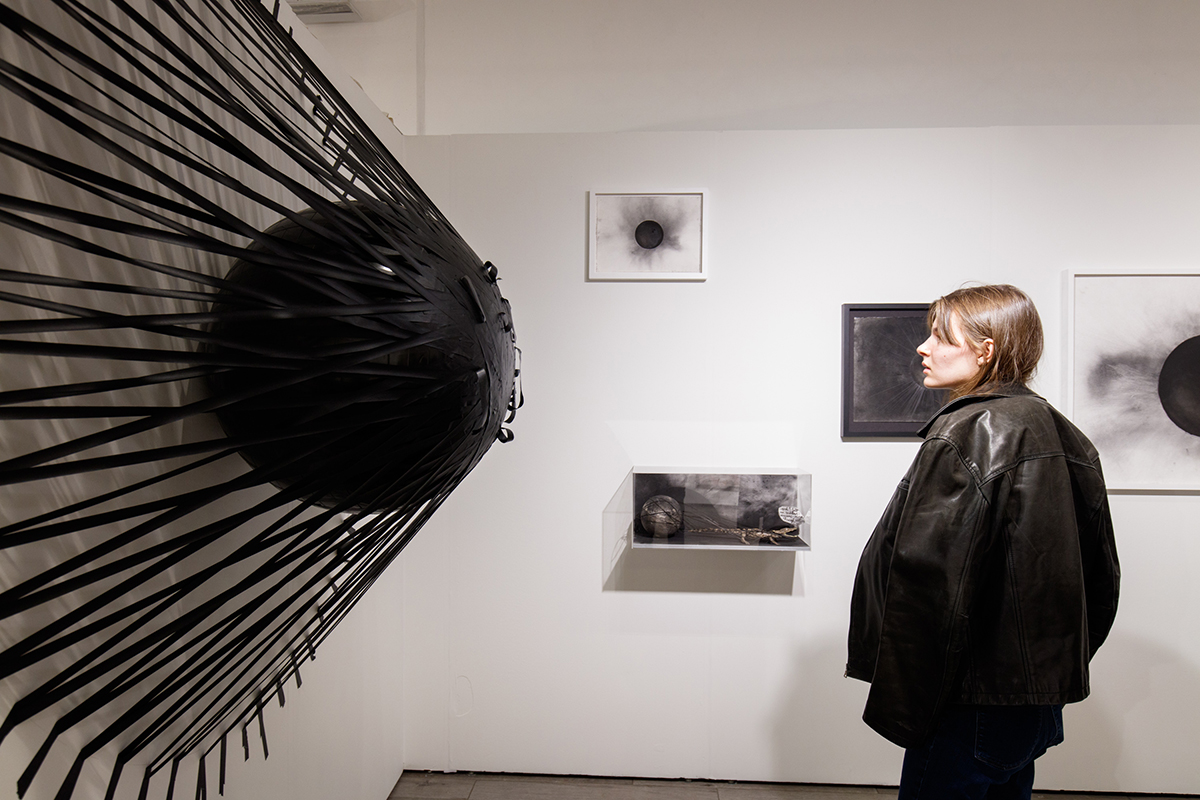
VOLTA Art Fair. New York City. Photo: David Willems
LUX: What was the pull for you to work for Will Ramsay of Ramsay Fairs to lead Volta Art Fair?
KM: I identified in Volta — and by extension Ramsay Fairs — a fair model that mirrored my approach to the art market. I gravitate towards discovery and towards support of galleries, artists, and platforms that posit new and fresh ideas. I see profound opportunity in the role Volta plays as a complement to the entrenched fairs in the art market’s capitals.
LUX: ‘From adversity comes opportunity!’ During the two years of the pandemic you have rebuilt and reset your pillars to ‘Discover. Connect. Collect’. What does this entail?
KM: I am confident that after the statewide pause in New York and several challenging years globally, VOLTA can reestablish its foothold as a strong emerging- to mid-market platform at the heart of New York’s fair season.
With the May art fair calendar in New York undergoing significant transitions in the past few years, we’re energised by the chance to align Volta with Frieze Art Fair. We have the opportunity to expose new and established collectors to a distinct roster of new and returning galleries unique to Volta. Despite the challenges we faced these past years, those galleries that have emerged have done so with a newfound commitment to their program — and we have as well.
LUX: At a personal level, you mentor artists and gallerists; how do you manage this day to day?
KM: In all honesty, it has become a bit more difficult, as I am committed to fulfilling my role as director of Volta which requires a lot of travel and long hours. I’ve reframed my responsibilities to strengthen the fair’s program and to create a platform that supports our gallery network. In focusing my attention on supporting the galleries, the artists are supported by extension.
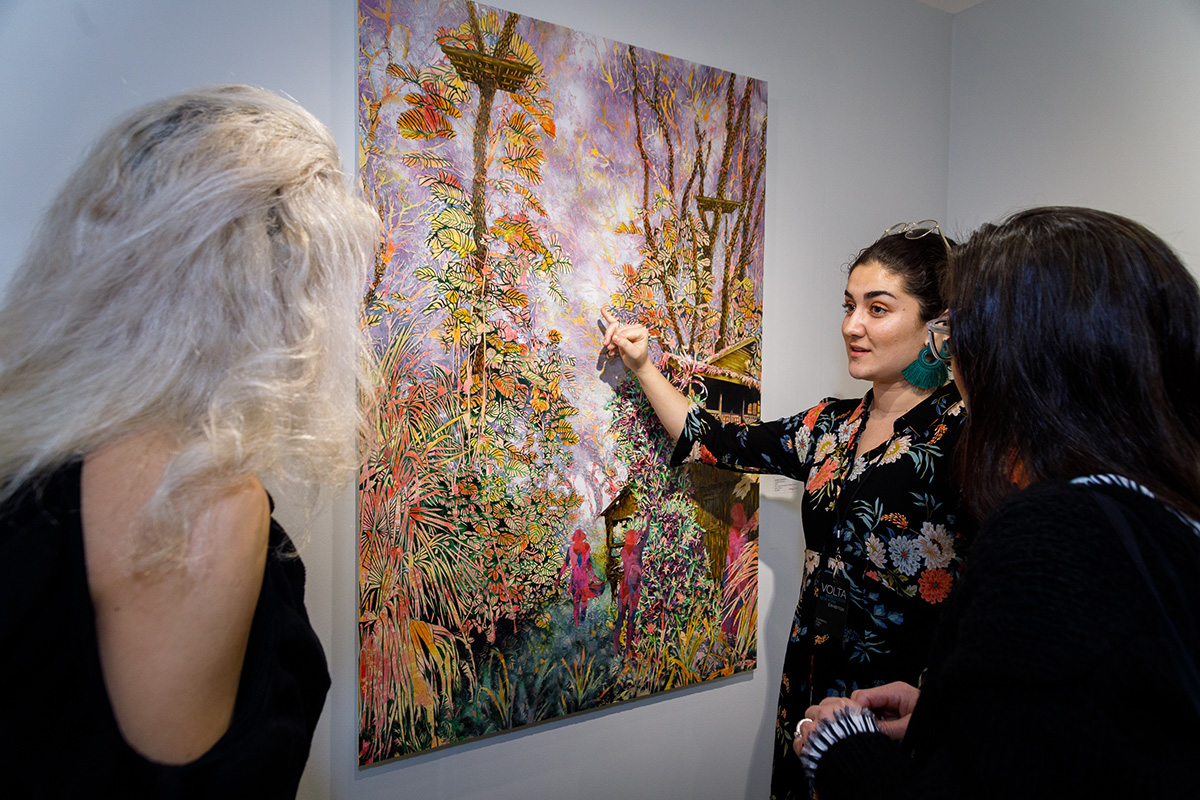
VOLTA Art Fair. New York City. Photo: David Willems
LUX: How is Volta positioned for multi-media presentation, viewing rooms and so on?
KM: We leverage our website, the Volta Voices blog, and social media as a tool to communicate the highlights of our fair program, but we remain committed now more than ever to the in-person experience. When you navigate a fair comprised of legacy, blue-chip galleries, you’re often confronted by artworks and artists with whom you are already familiar. Our gallery roster is more experimental and less universally recognised — and that for us is very exciting! The experience of seeing the work in person and dialoguing with the gallery or artist directly at Volta is what marks that critical point of discovery and therefore distinguishes us.
Read more: 6 Questions: Bettina Korek, Serpentine Galleries
LUX: At the same time, Volta has upscaled experiential engagement, leasing a 40,000 flagship for Frieze NY. What are you showcasing this year?
KM: At the heart of Volta New York’s program, and taking up the majority of our real estate, is a dynamic roster of over 50 galleries, some of which join us for the first time, others who previously exhibited with Volta in 2014, or 2019, and have since returned to us. Having these galleries join us on our journey has been critical to our success and therefore they are the focal point of this year’s program.
Beyond our exciting roster of exhibitors, we are welcoming several new programming partners to activate the space. For instance, we will be co-presenting the Volta Spotlight Prize with an exciting NFT platform with whom we’ve partnered. Given that we are able to congregate in person again, we’re also quite looking forward to the return of our full-service café and lounge.
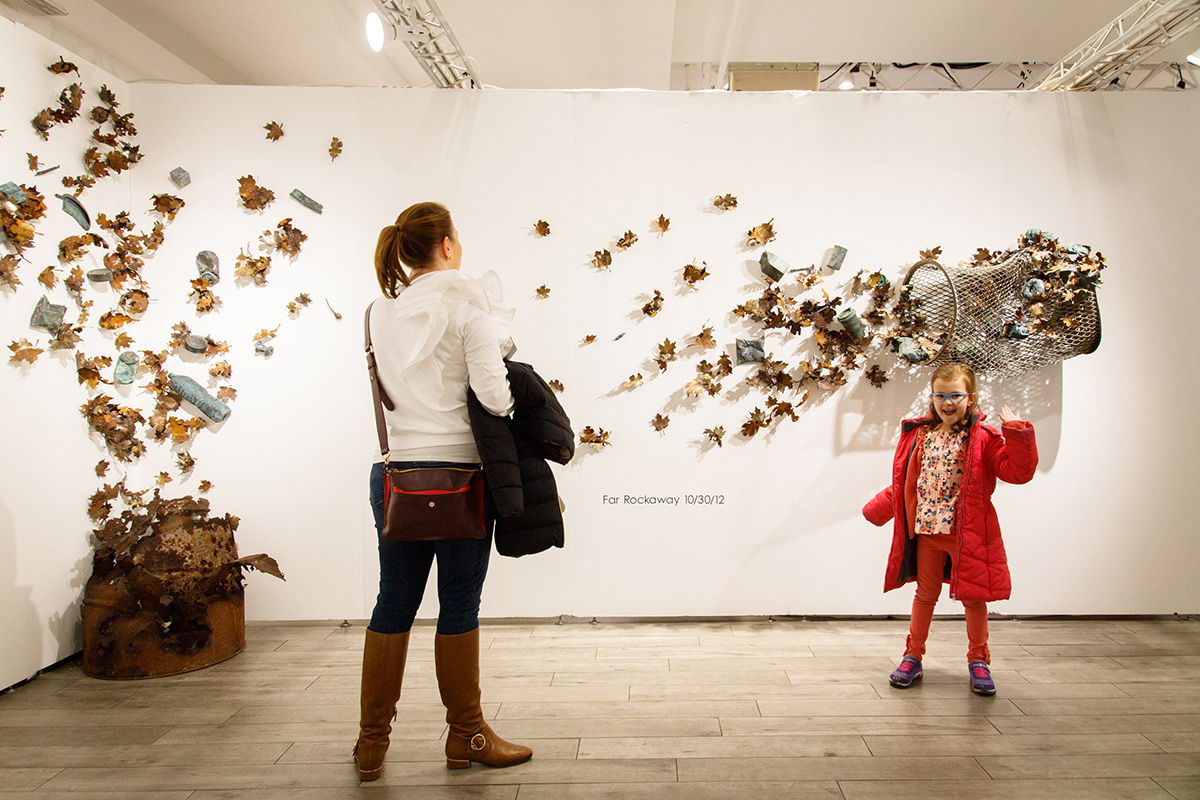
VOLTA Art Fair. New York City. Photo: David Willems
LUX: How are you finding young artists are reacting to new realities, disruption and distortion?
KM: Beyond the logistical challenges, I see a renewed fervour to create and a strengthen commitment to their practice. So many artists were unable to visit their studios, to source materials, and to exhibit their work. It led to a need to innovate and adapt, hence the proliferation of digital media and new modes of creation. Now I think this digital sensibility or lens has infiltrated the market. Yet, there is still a deep desire to return to experiences, to in-person connection, to tactility.
LUX: Through ‘Volta Voices’ how are you championing emerging talent?
KM: VOLTA Voices is our online editorial platform that features a series of interviews with vanguards of the contemporary art world and friends of Volta , past, present and future. We pride ourselves on welcoming cutting edge, pioneering galleries to Volta. By extension, we see Volta Voices as yet another platform for our exhibitors to communicate their unique vision and that of their artists.
LUX: What advice will you give your children when they embark on their collecting journey?
KM: Stay curious. Don’t let the market dictate where you seek out new artists. Follow what speaks to you, ask lots of questions, and be willing to discover.
Find out more: voltaartfairs.com




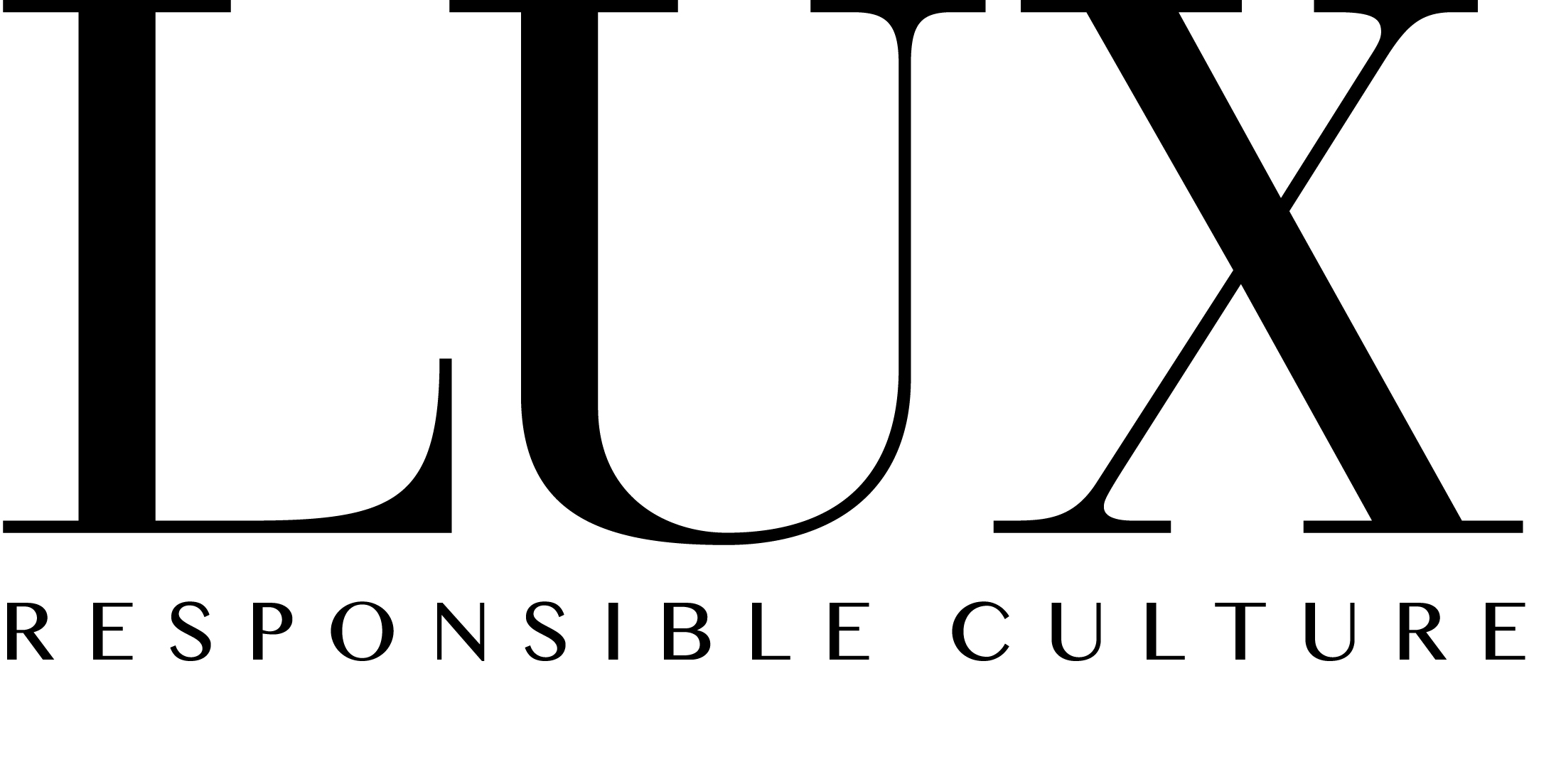
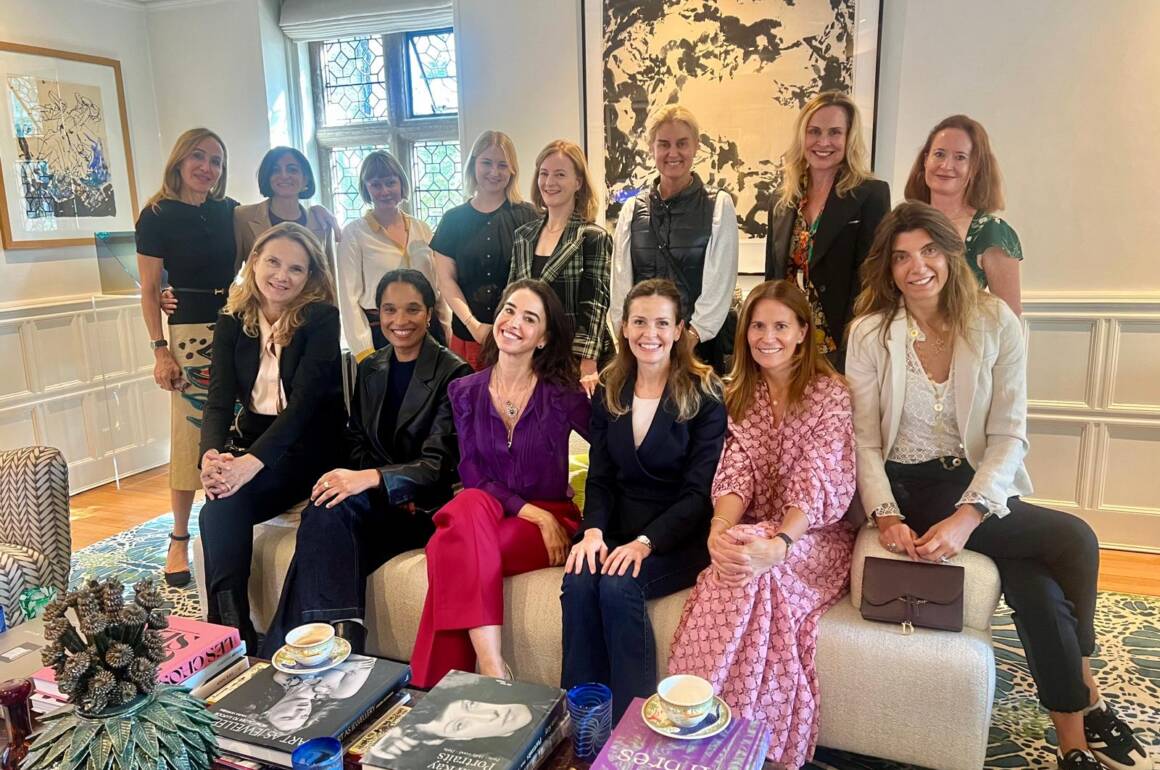
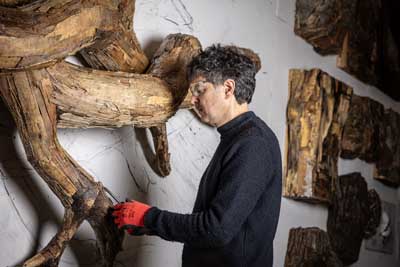
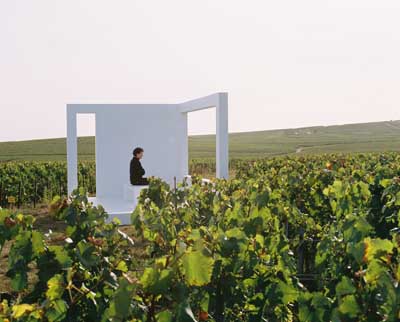
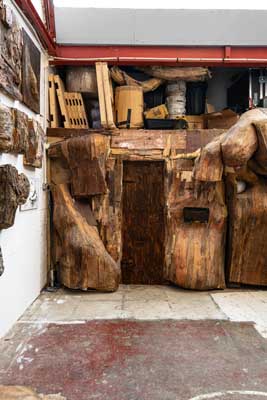
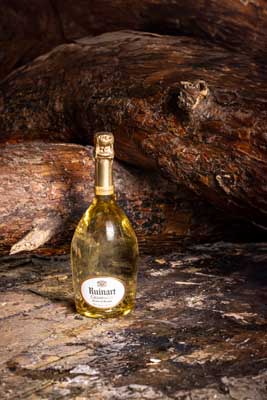
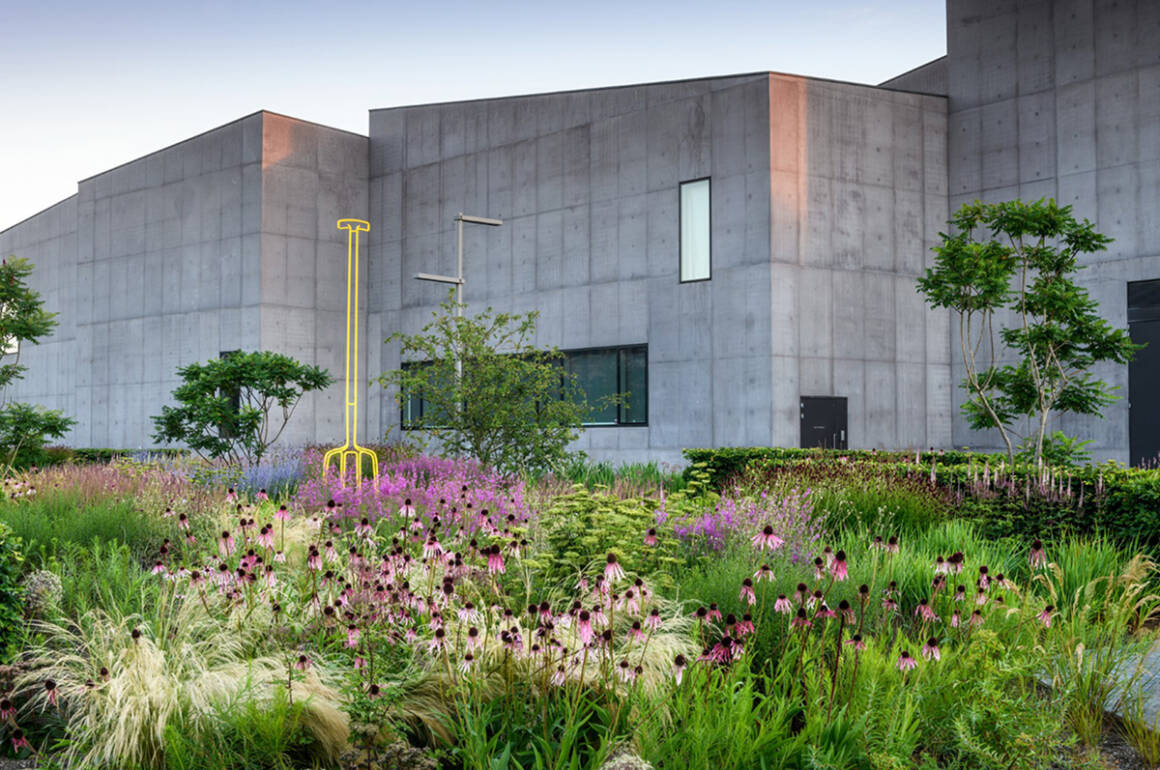
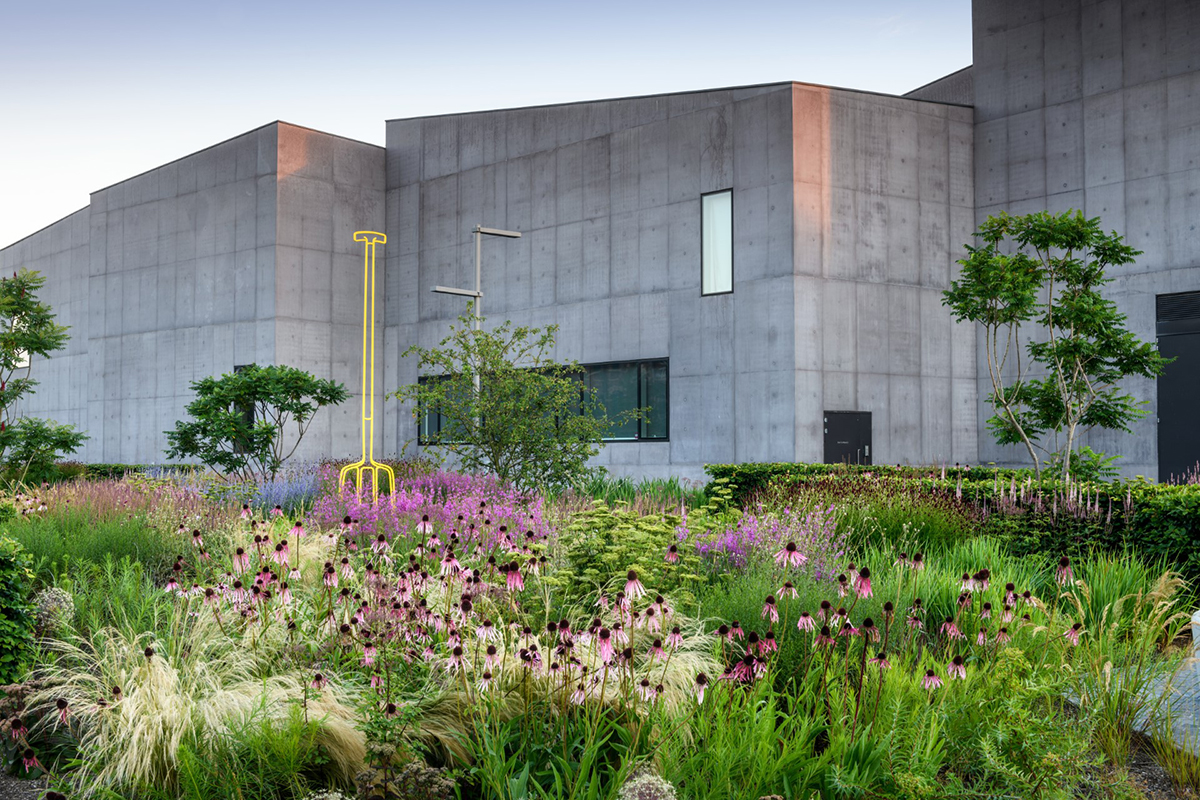
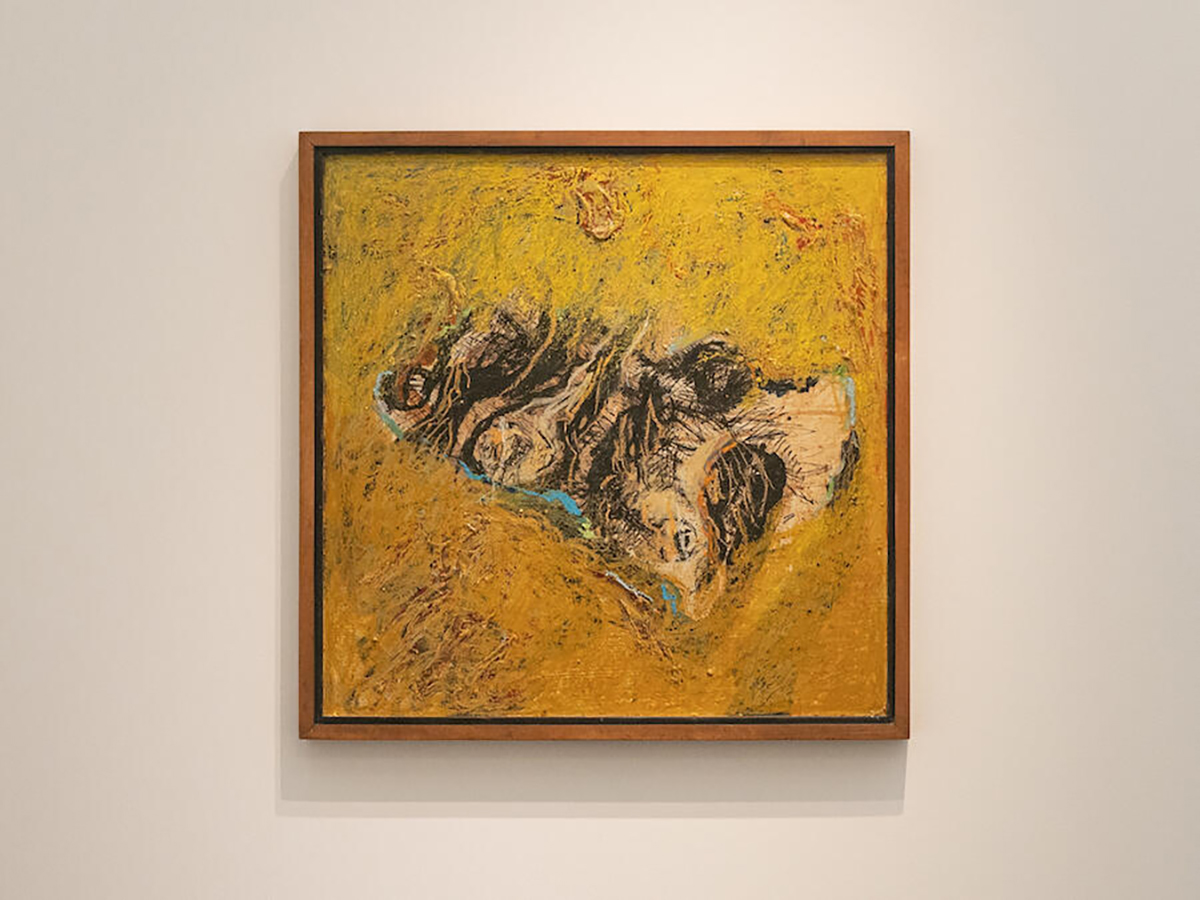
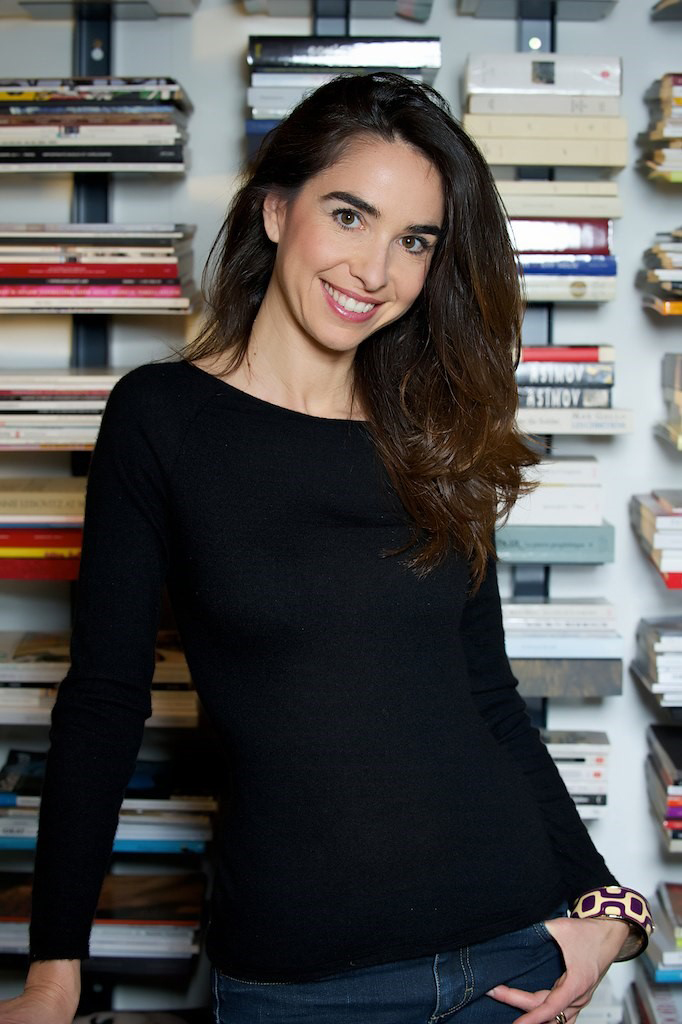

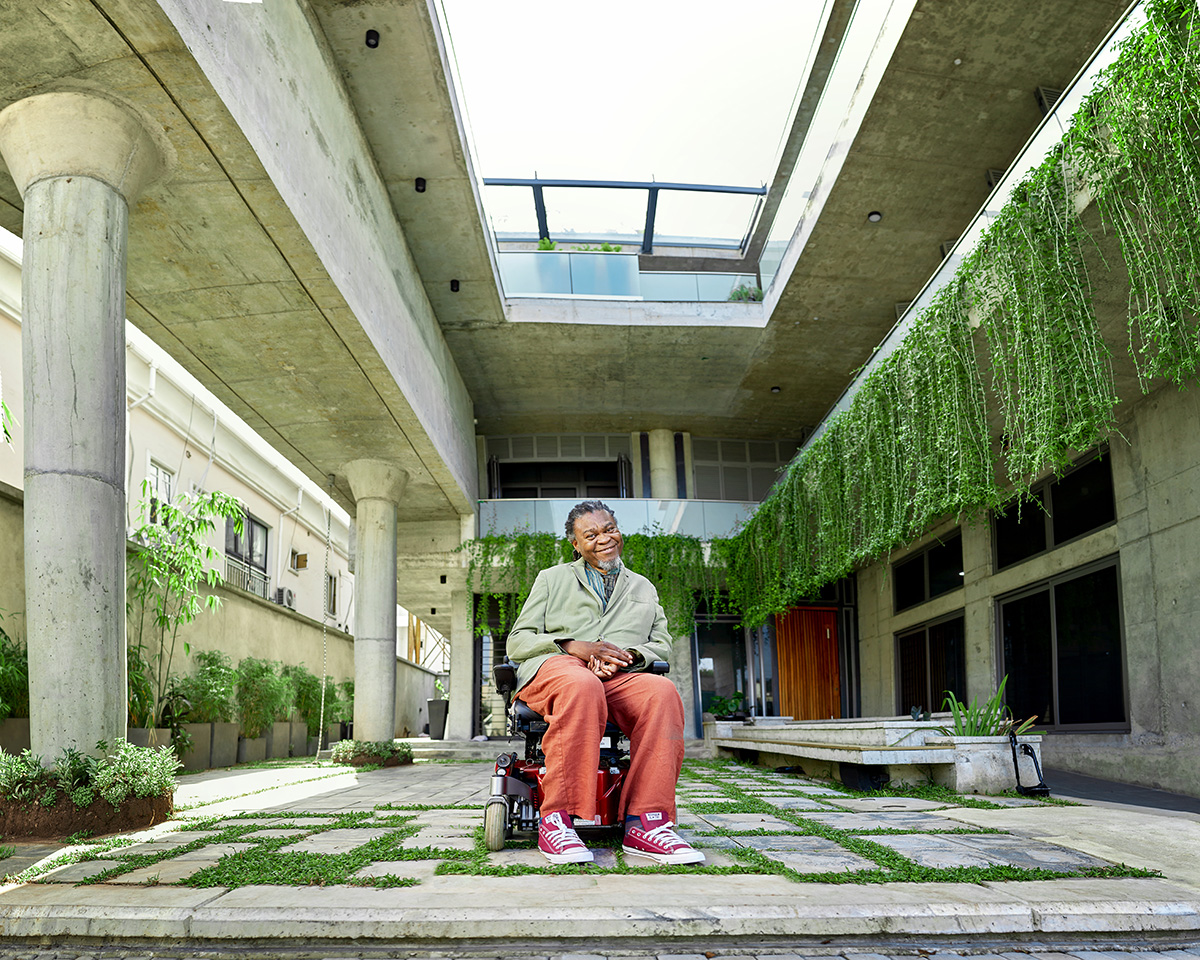
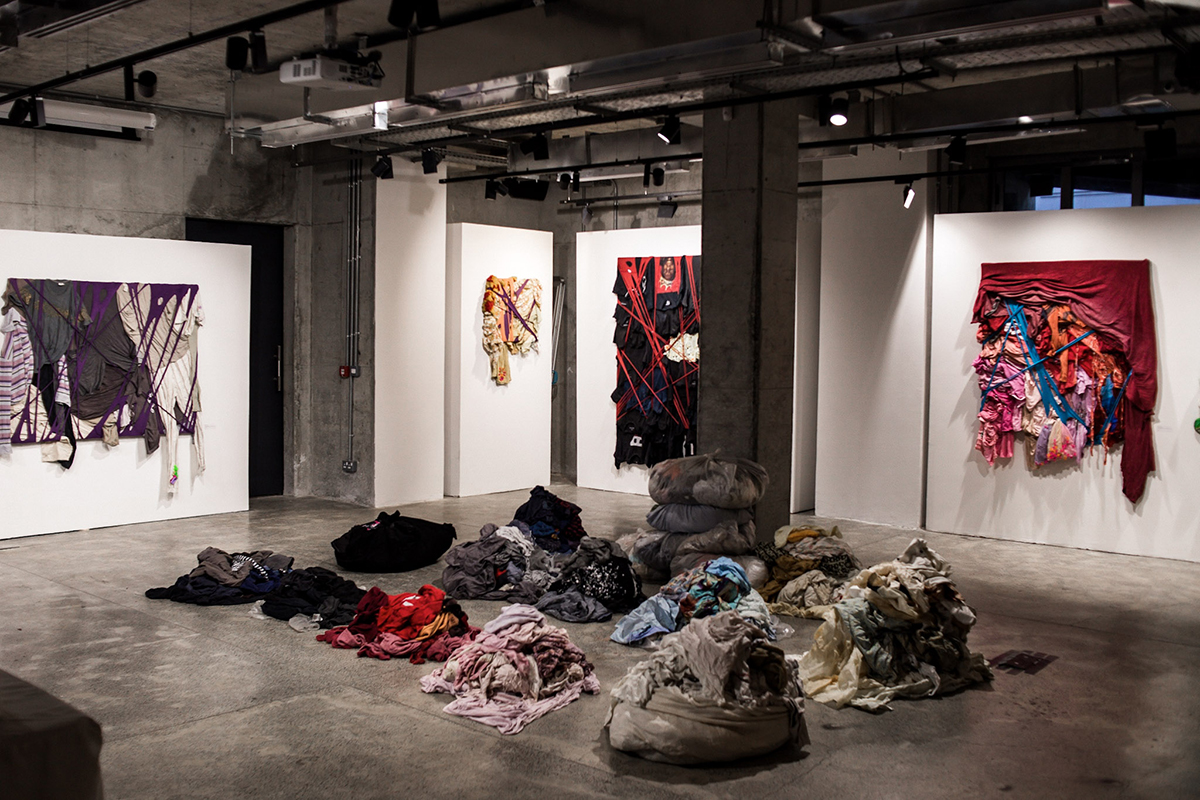
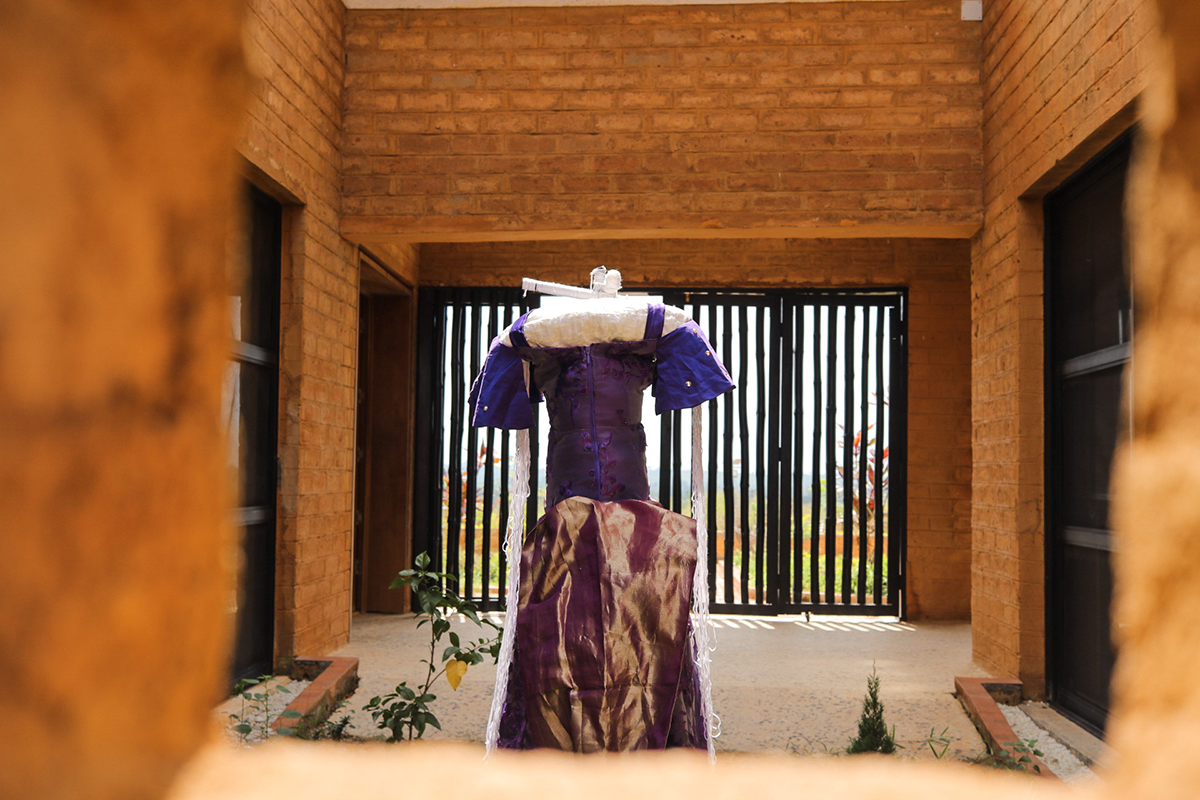
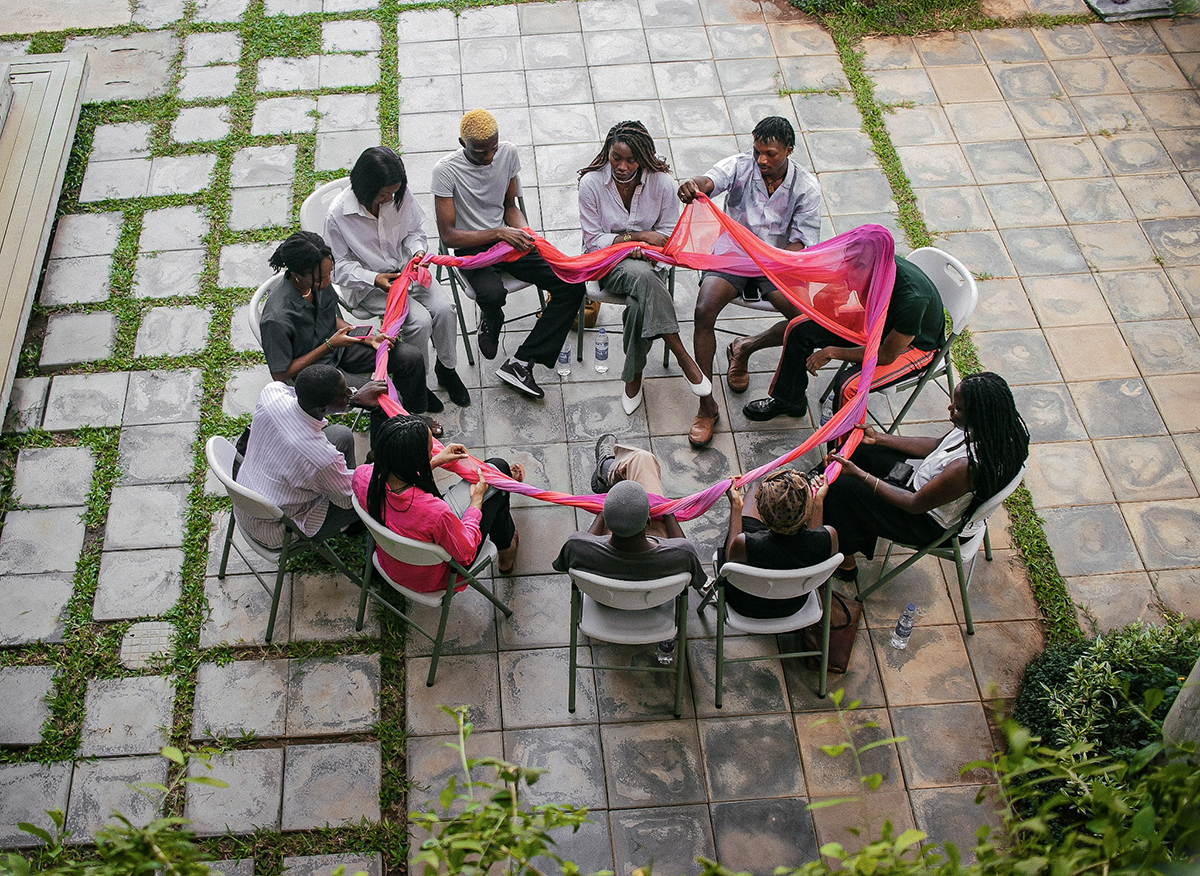
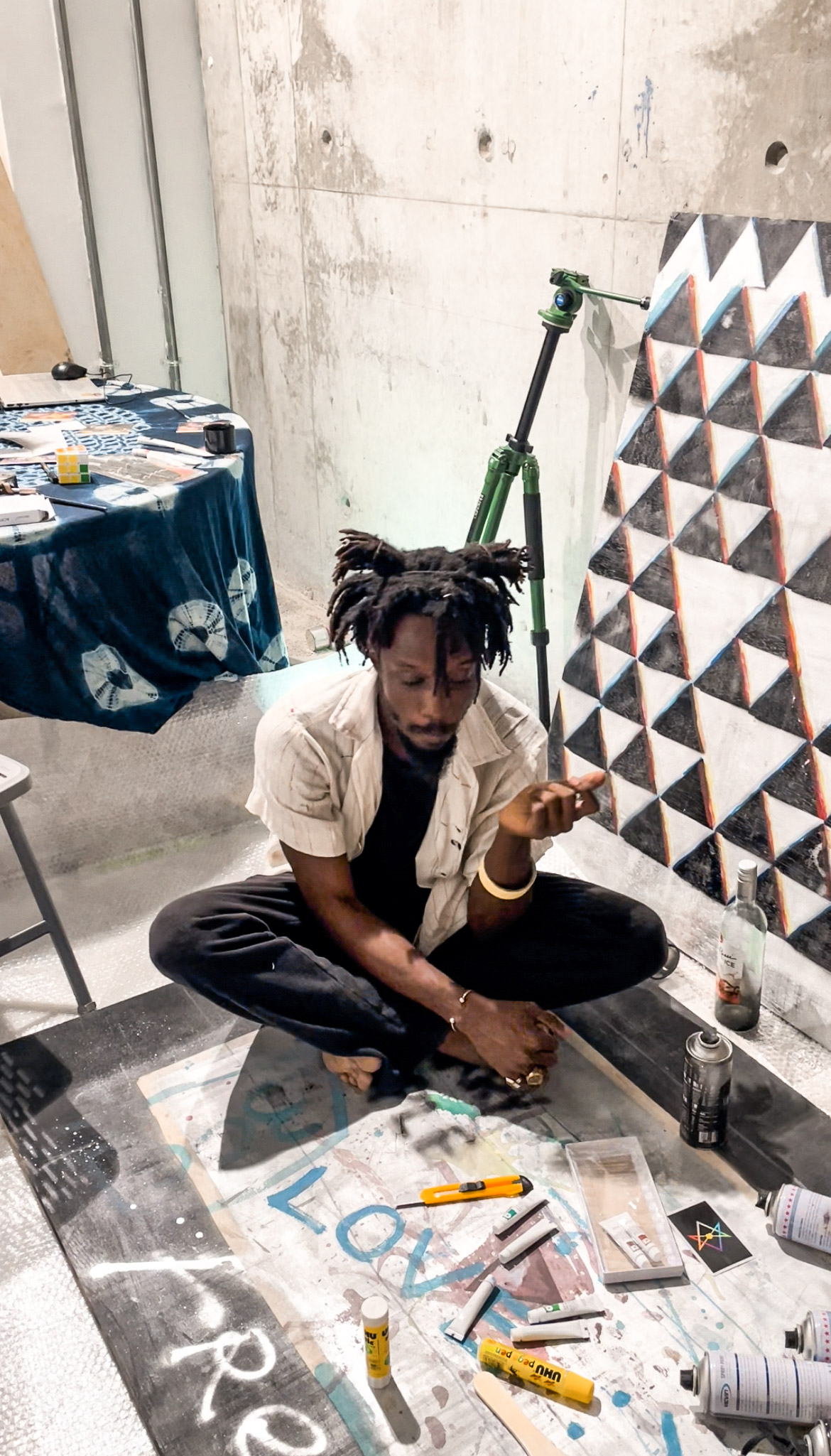
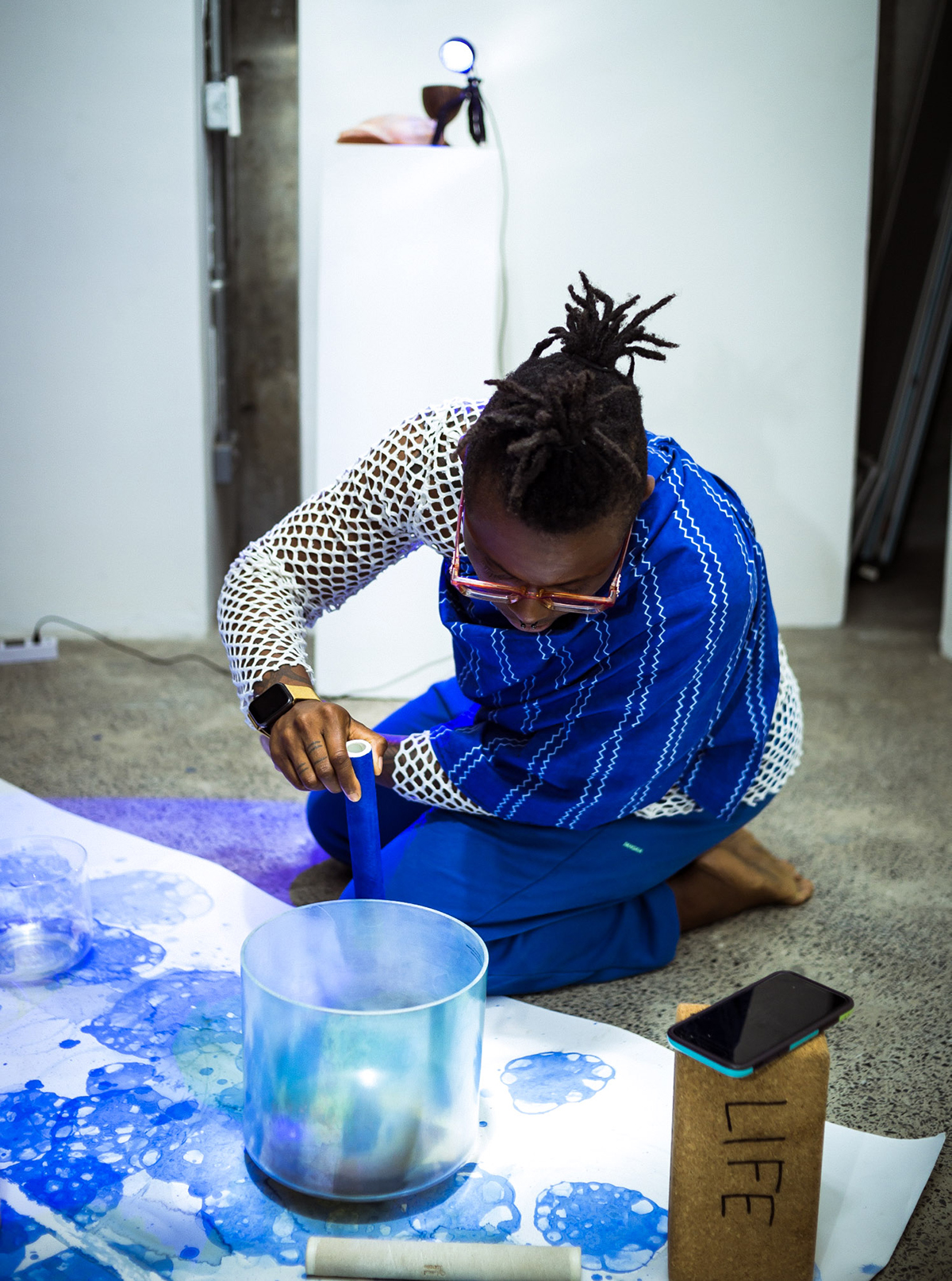
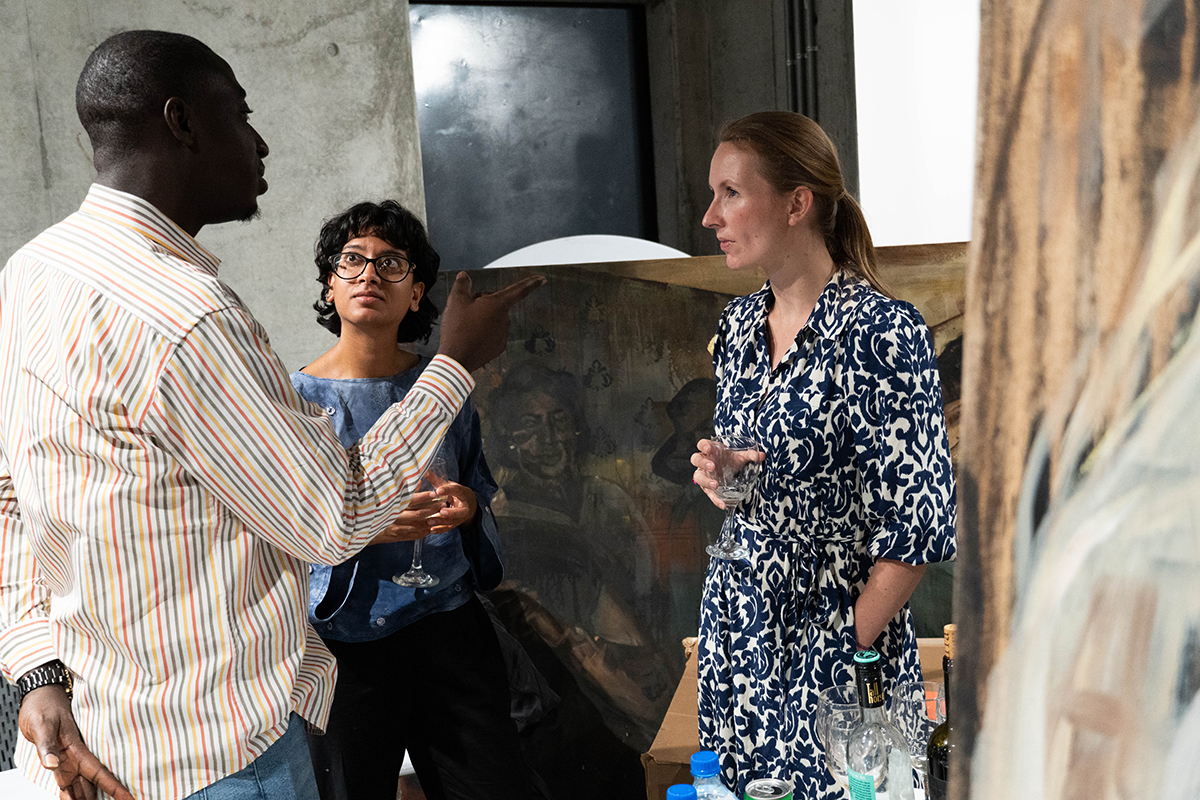
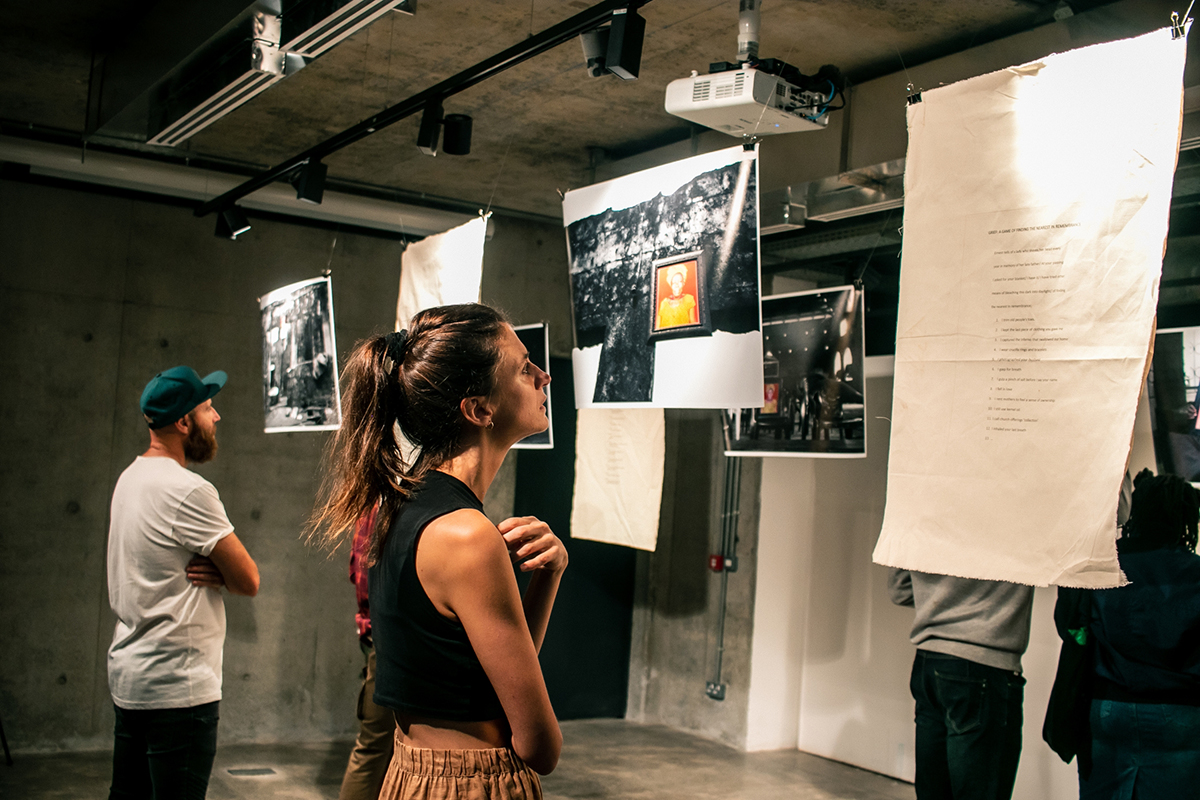

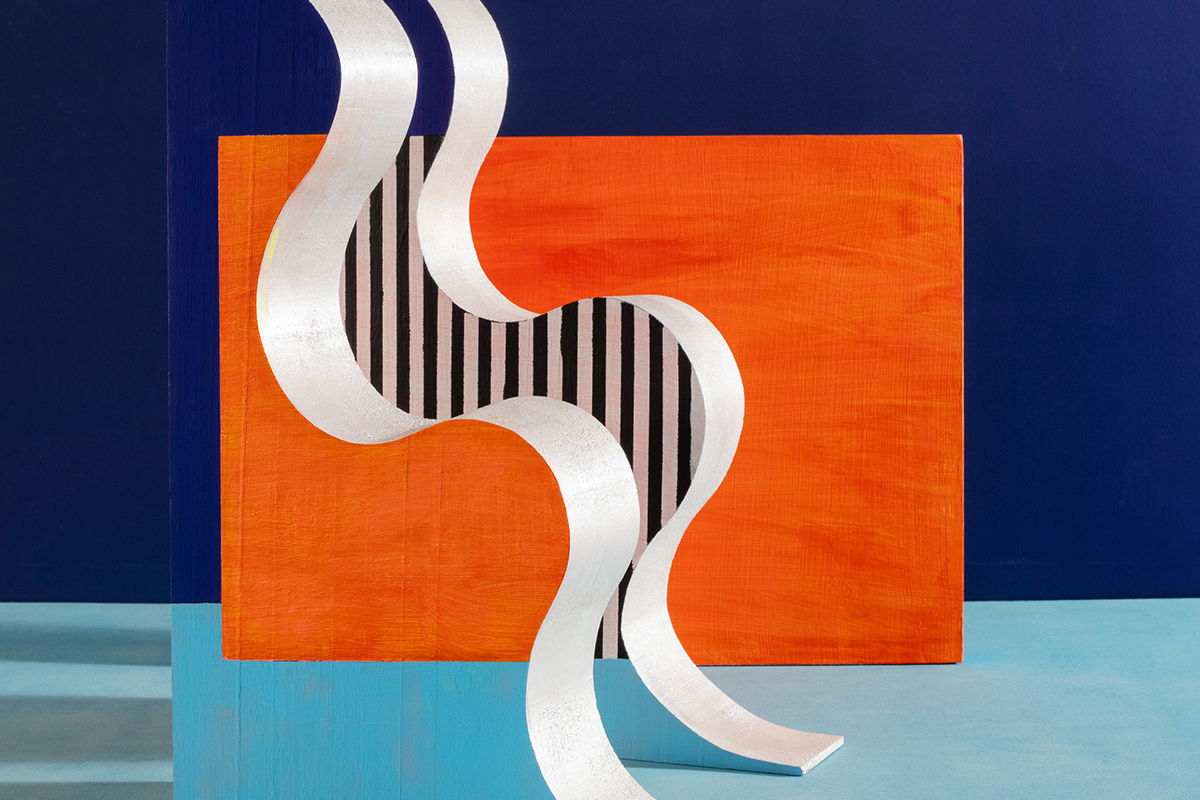
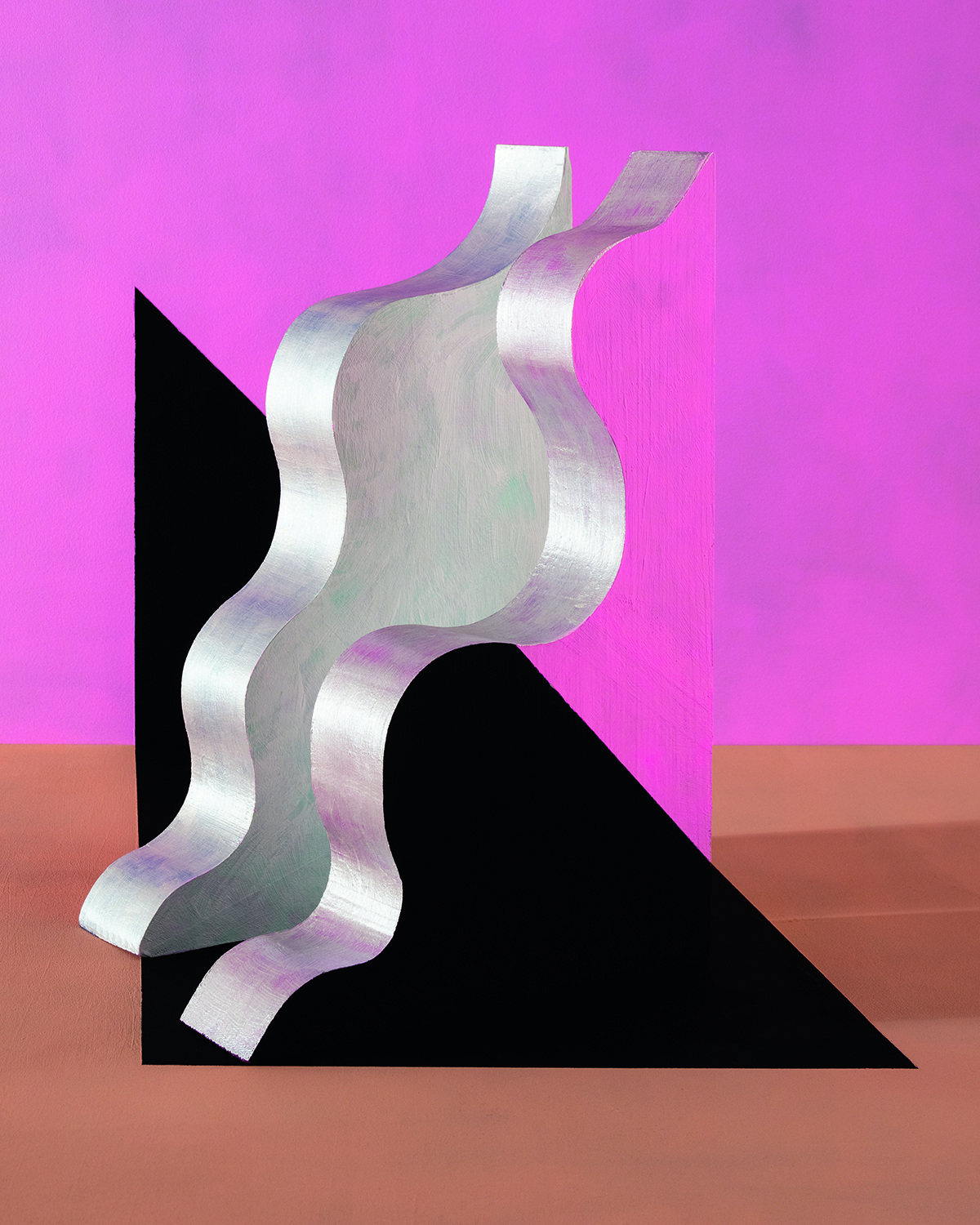
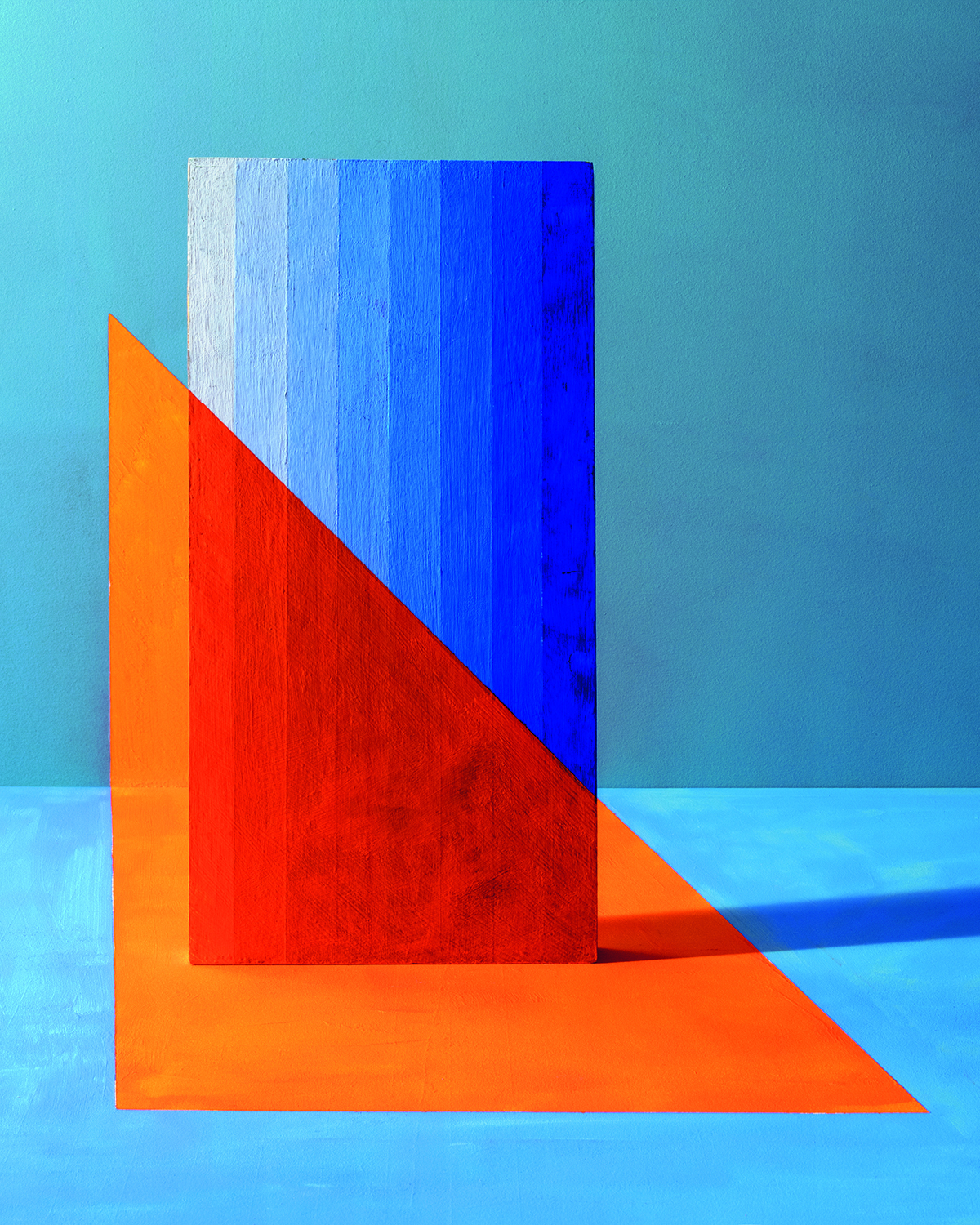
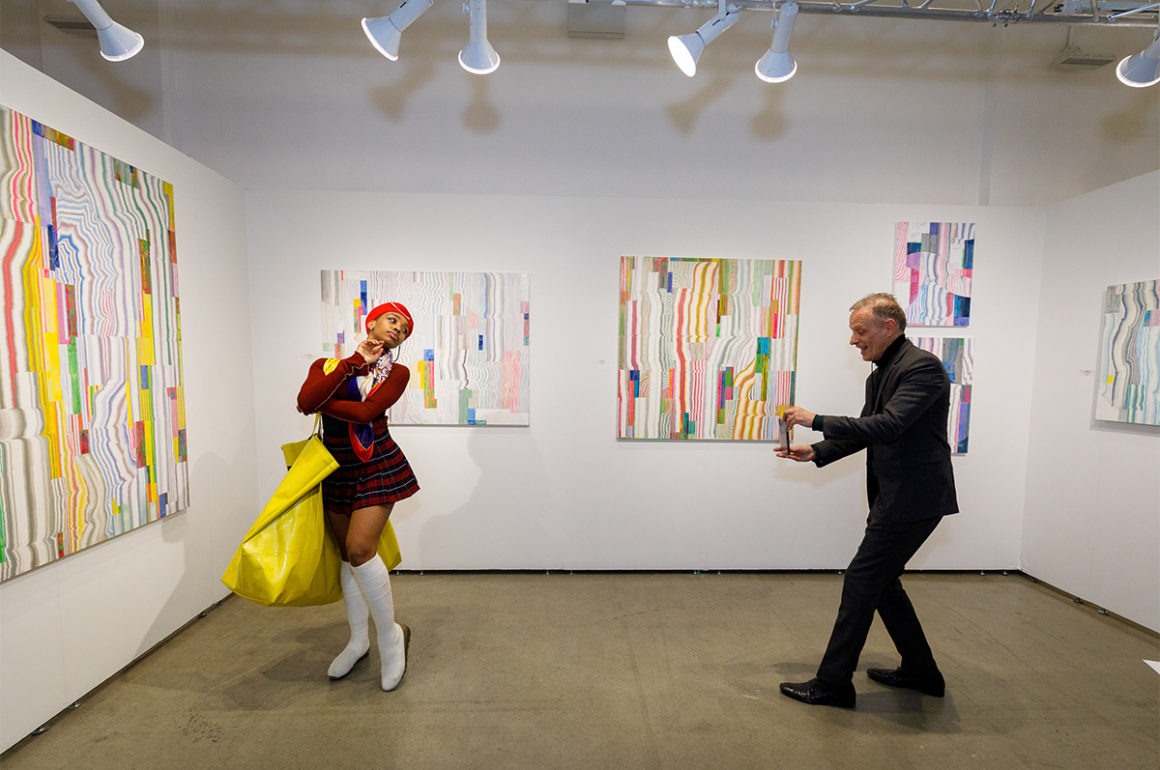








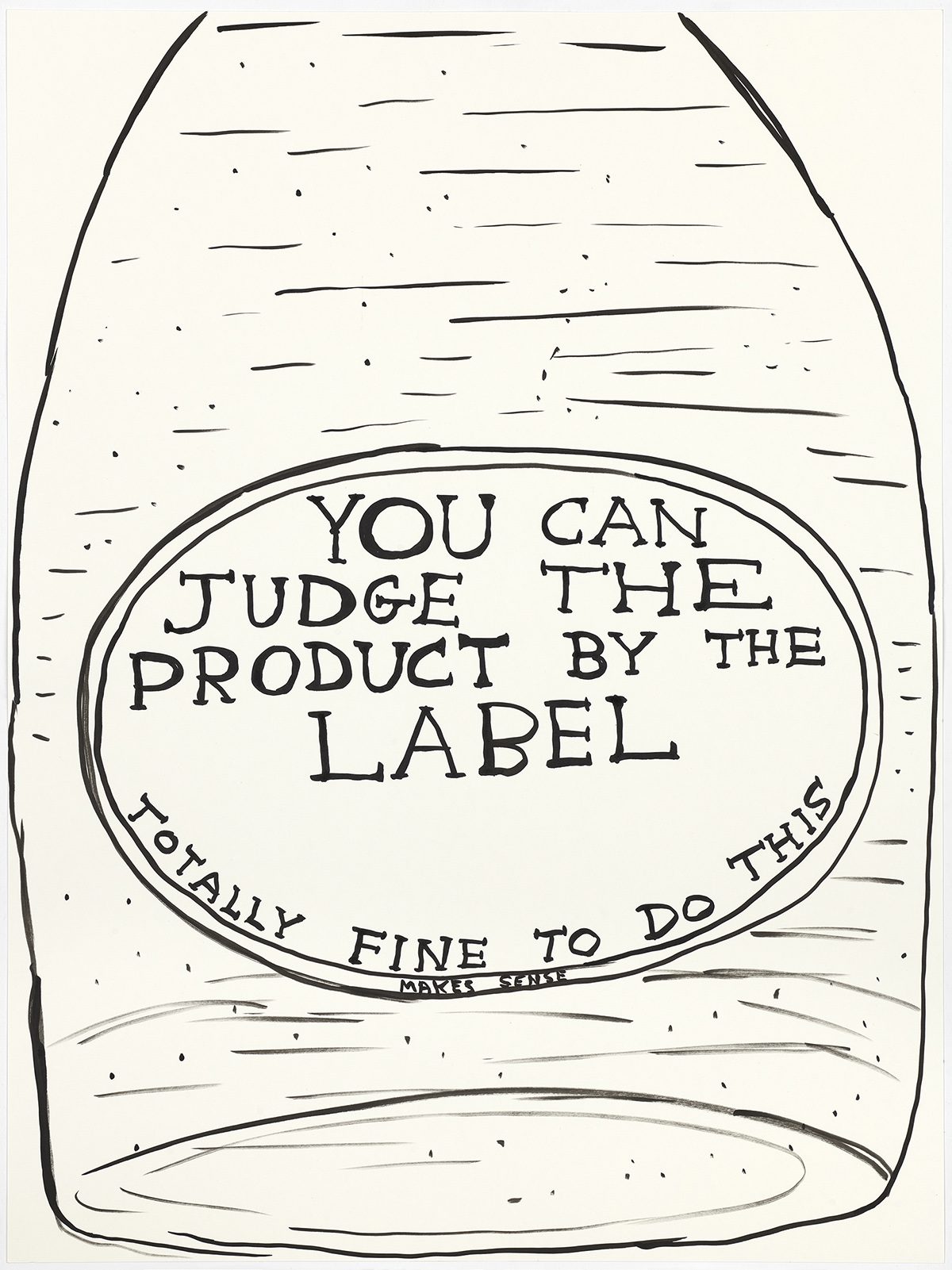
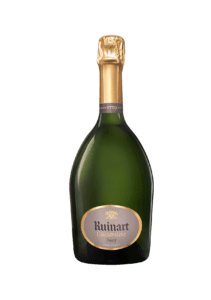
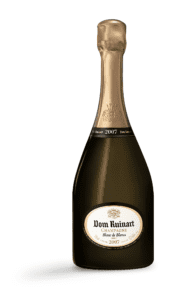

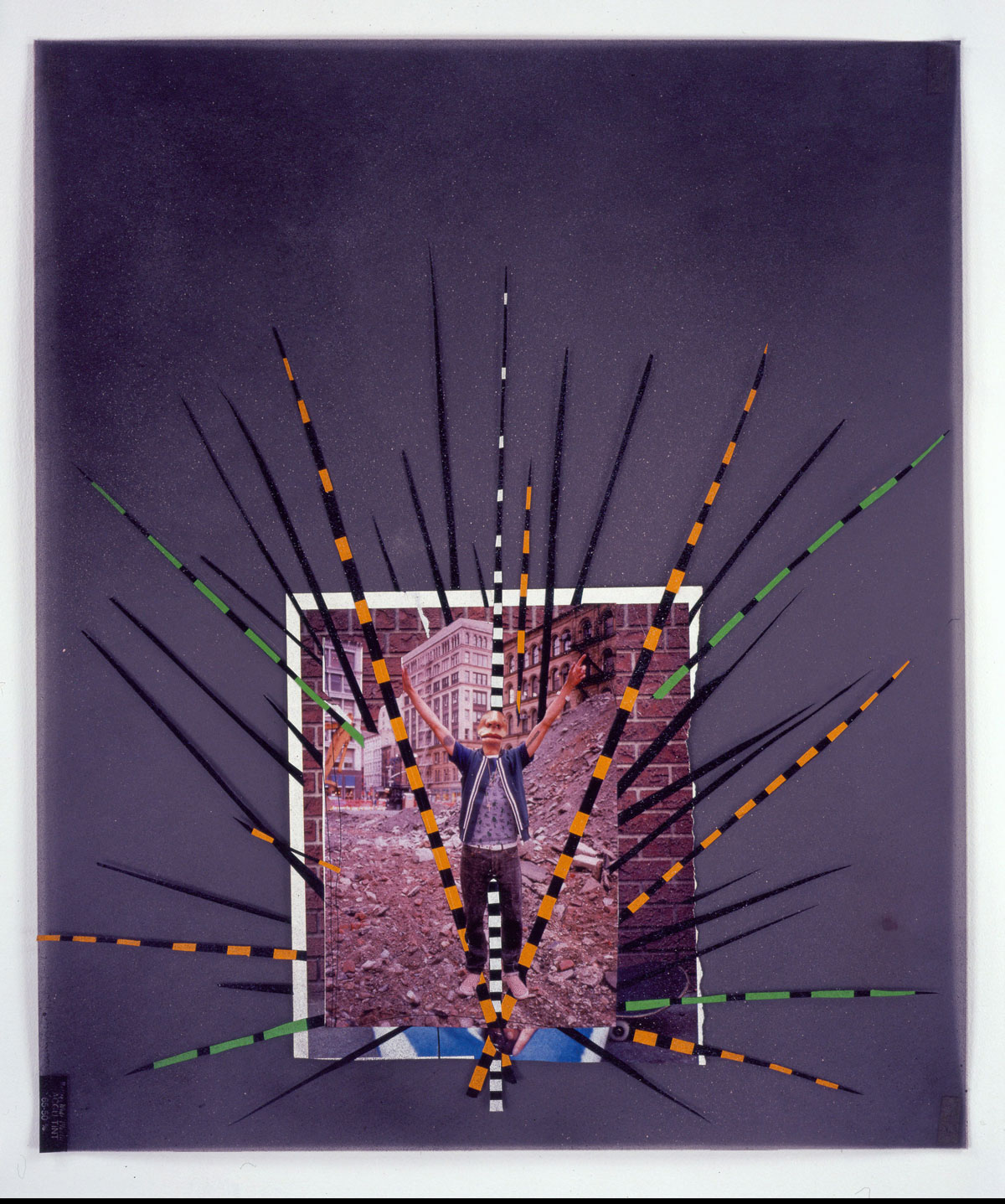
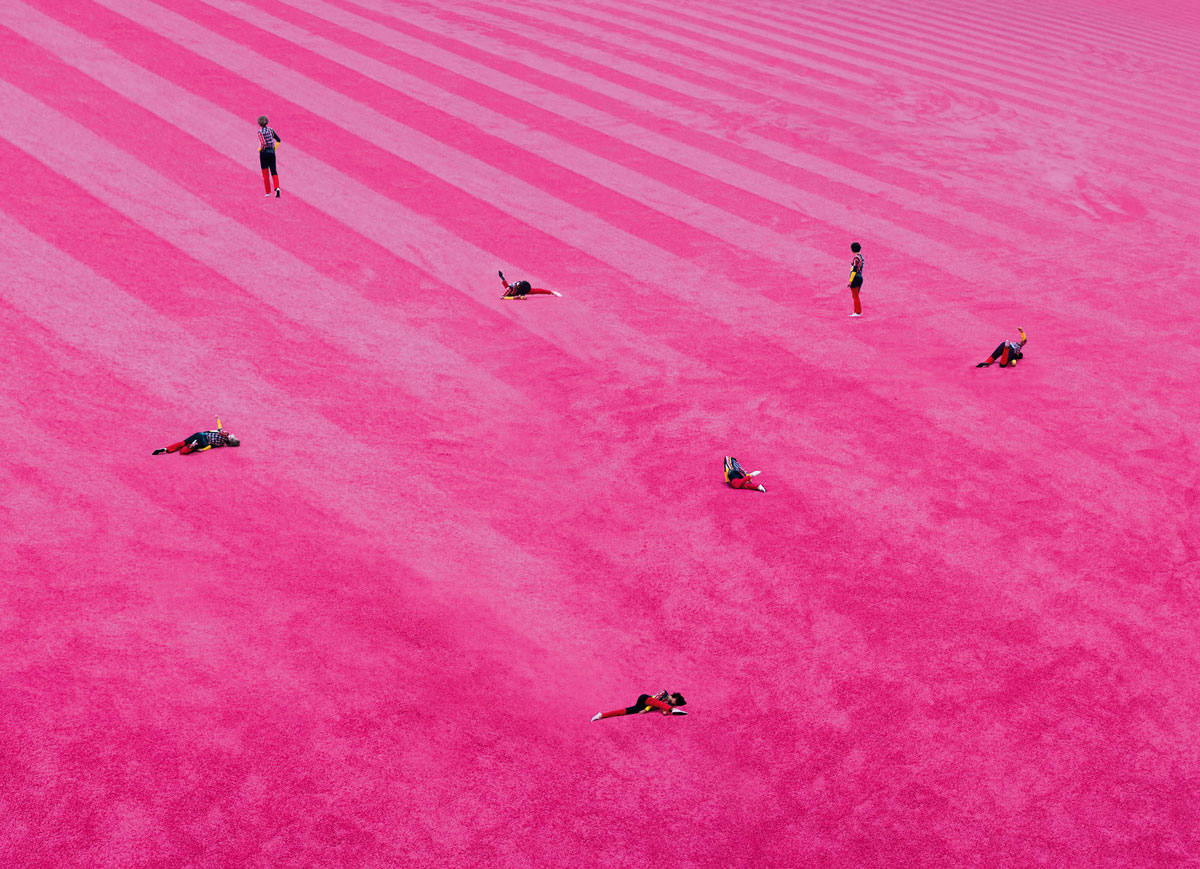
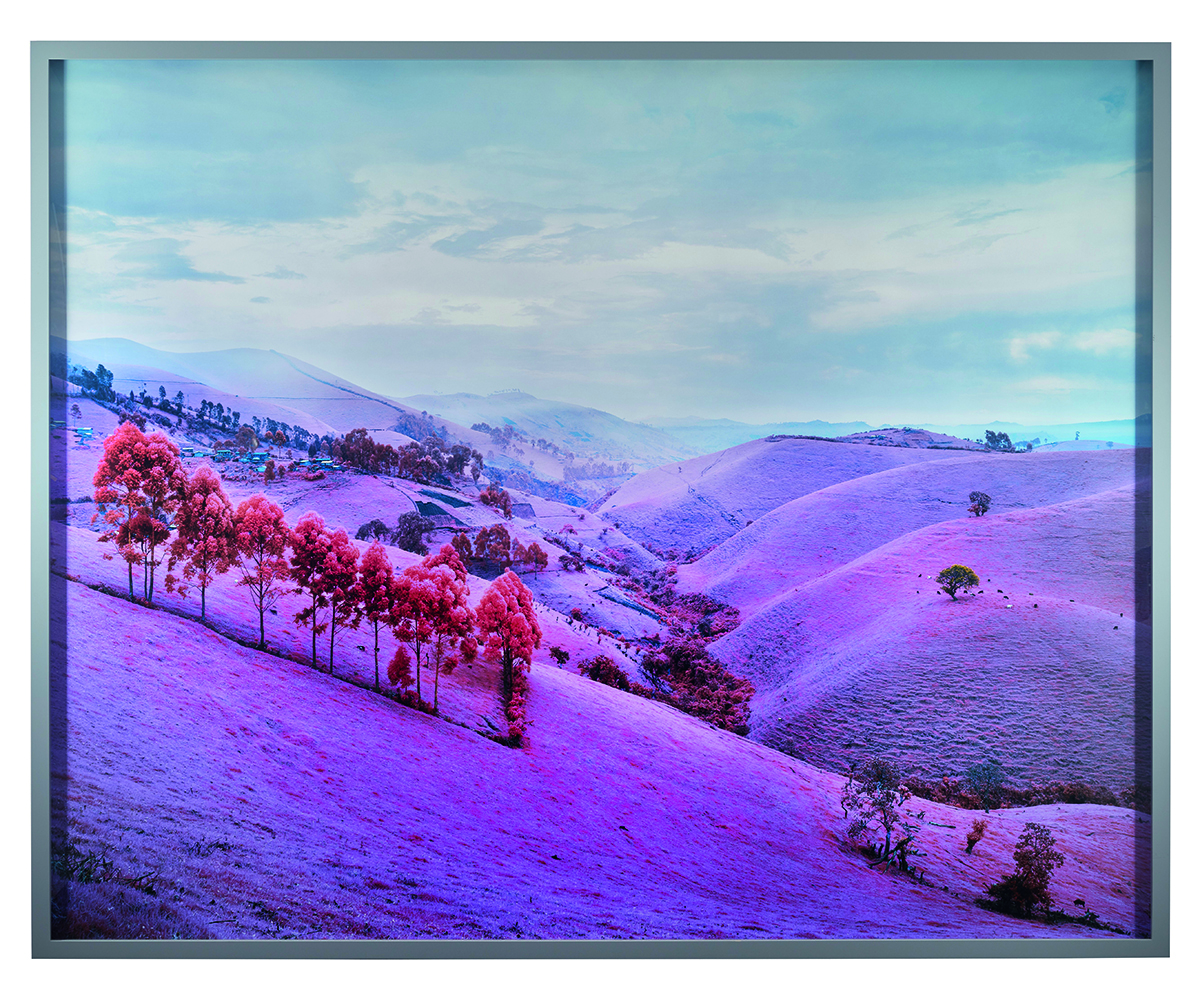

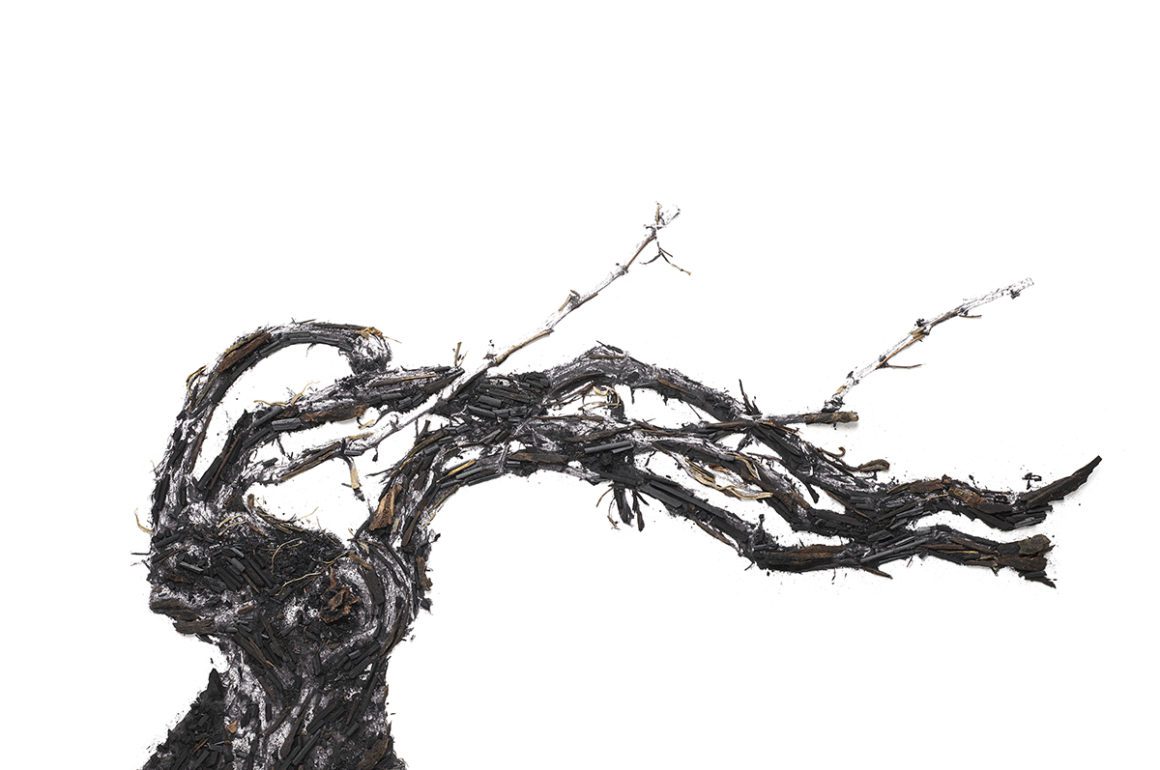
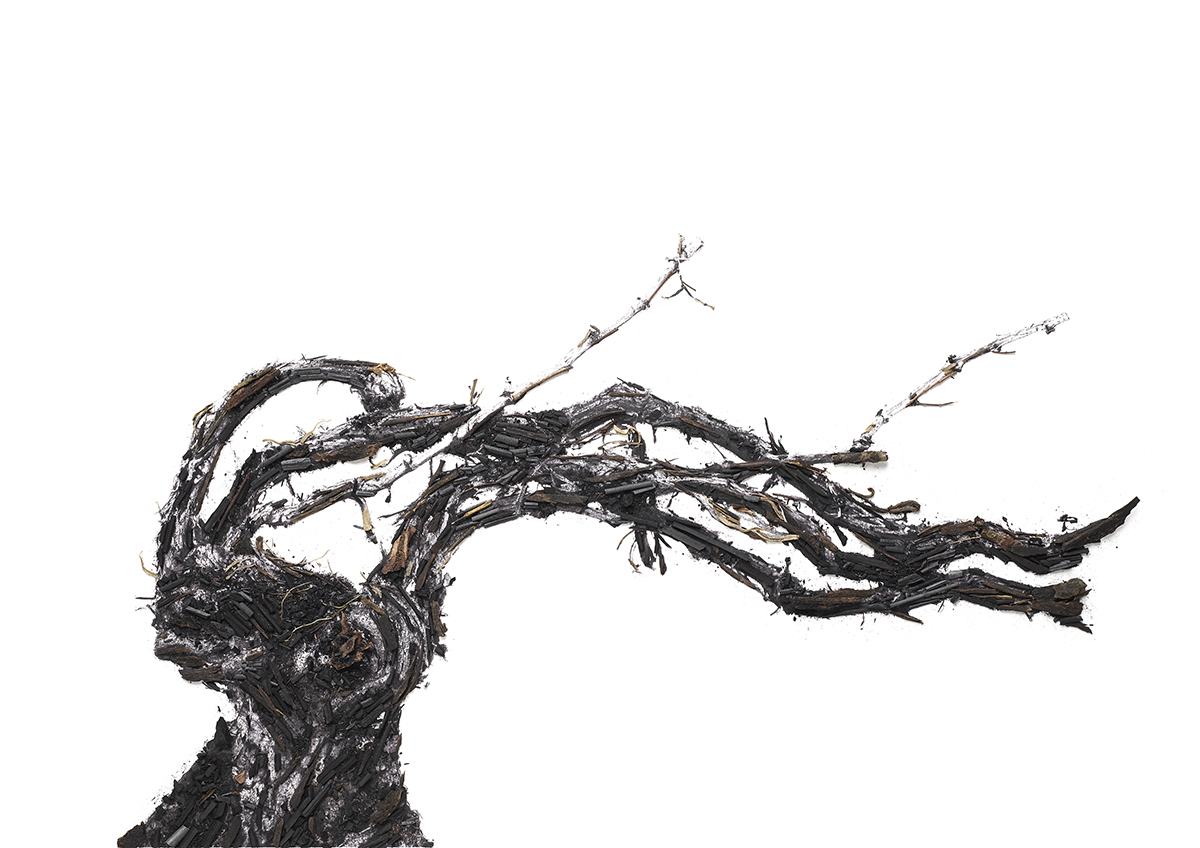
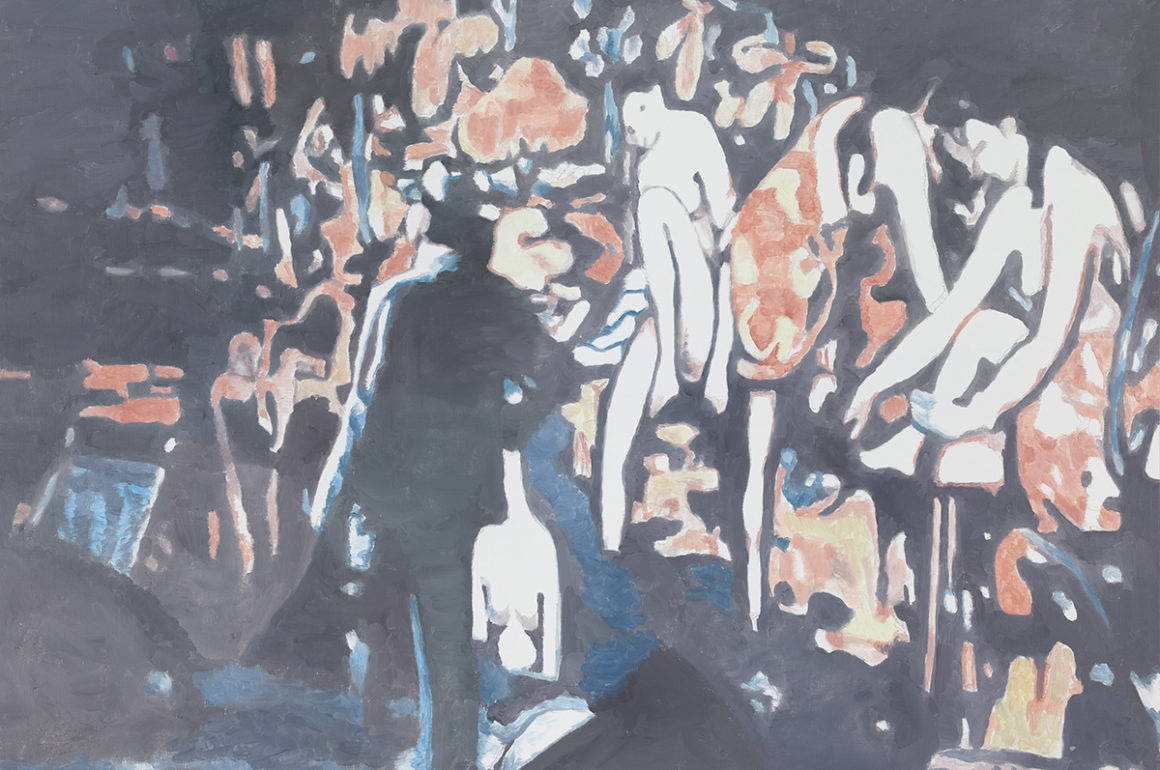
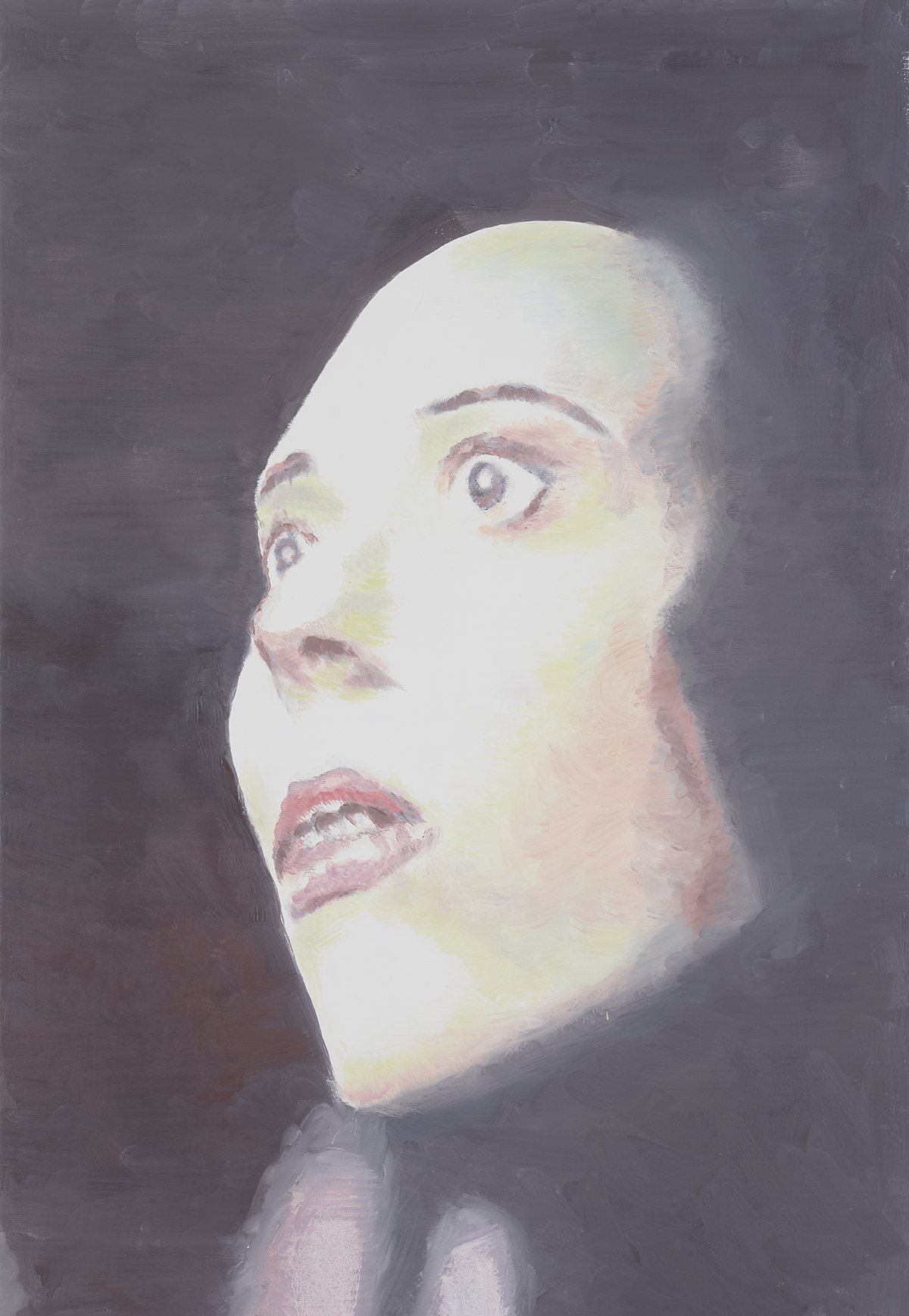
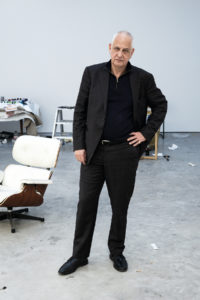
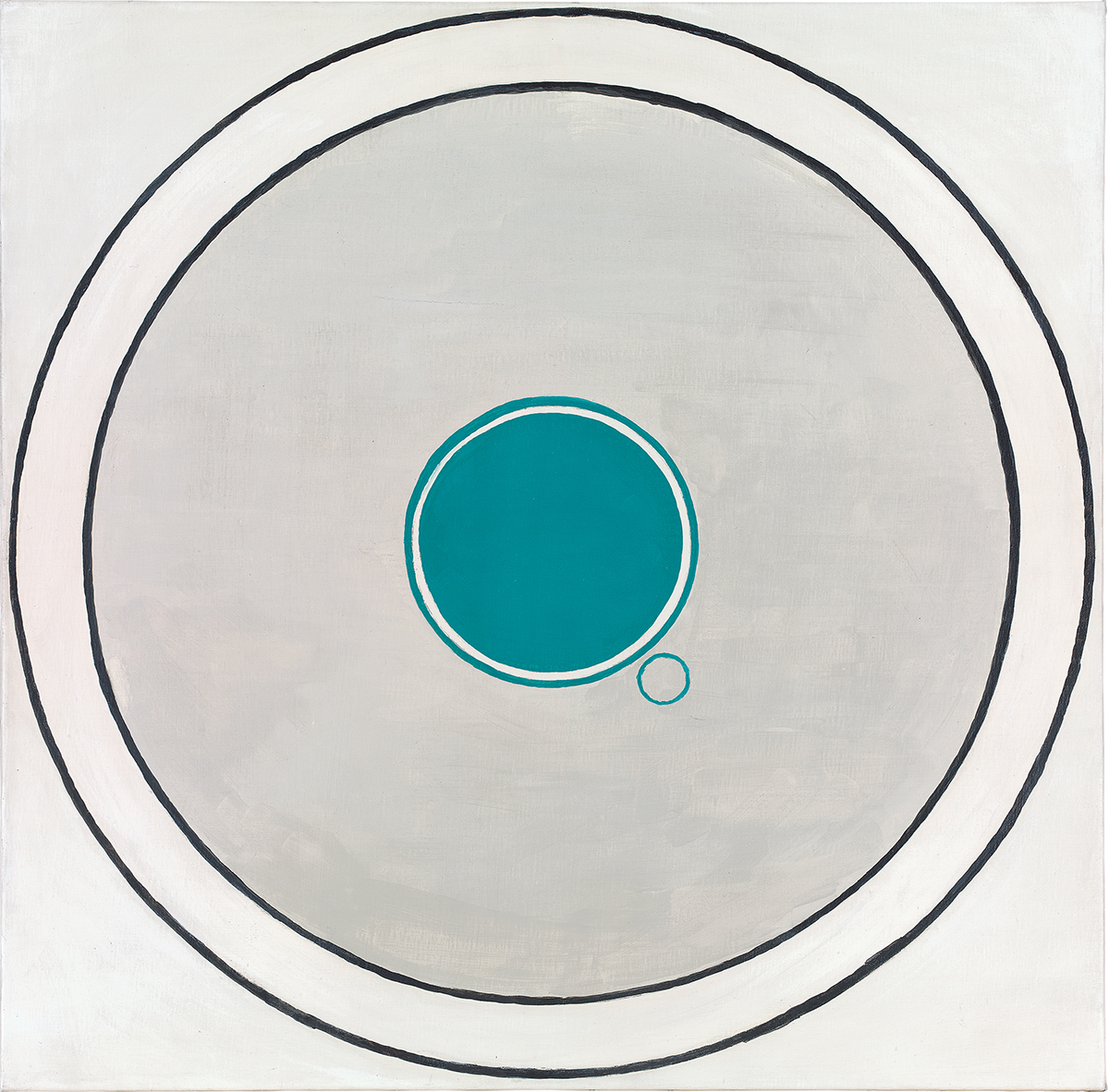
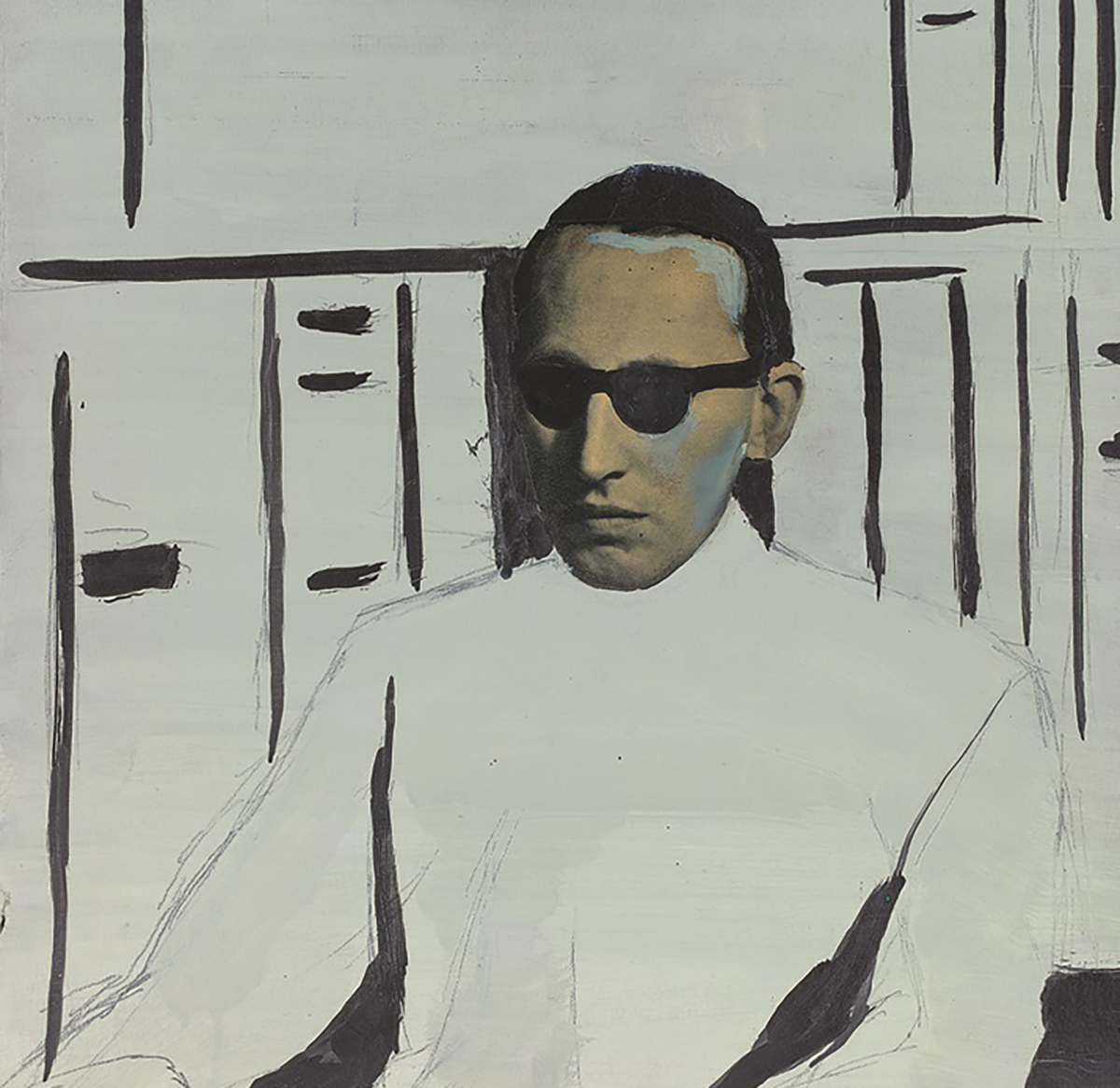
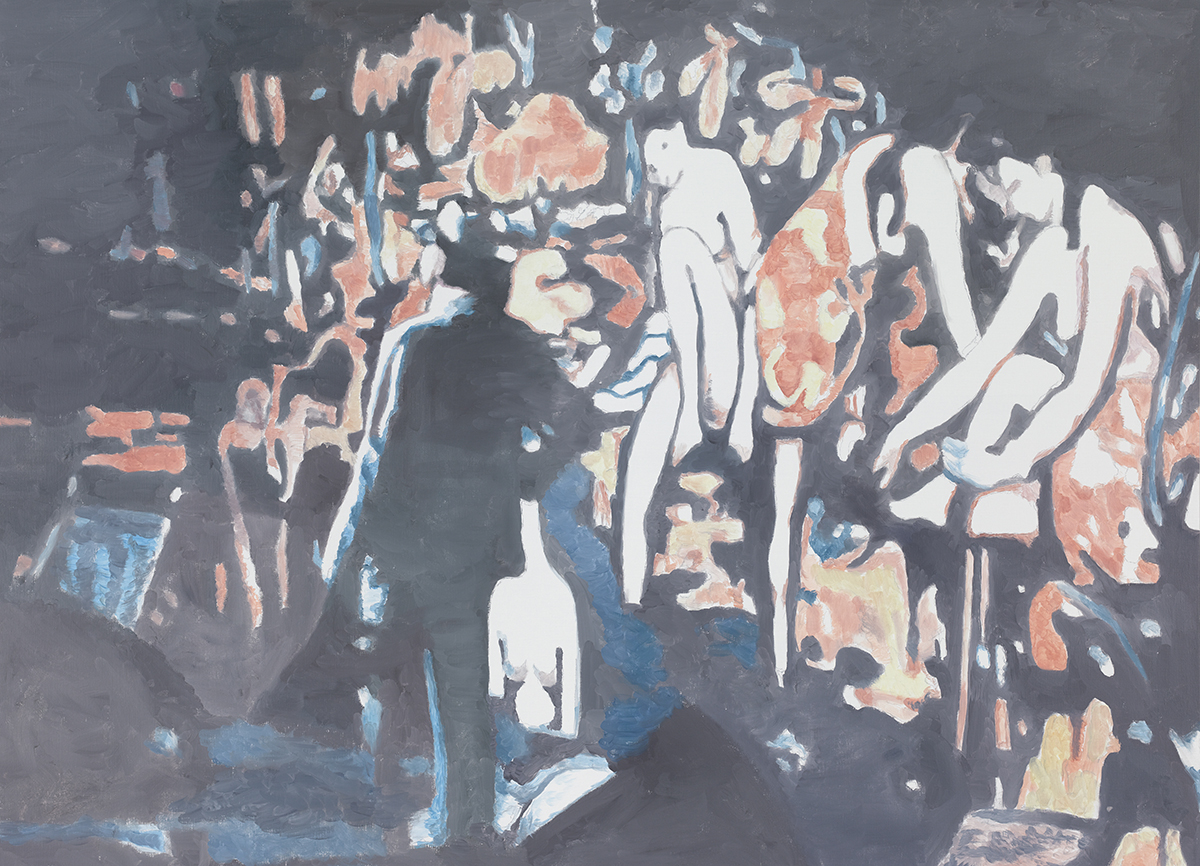
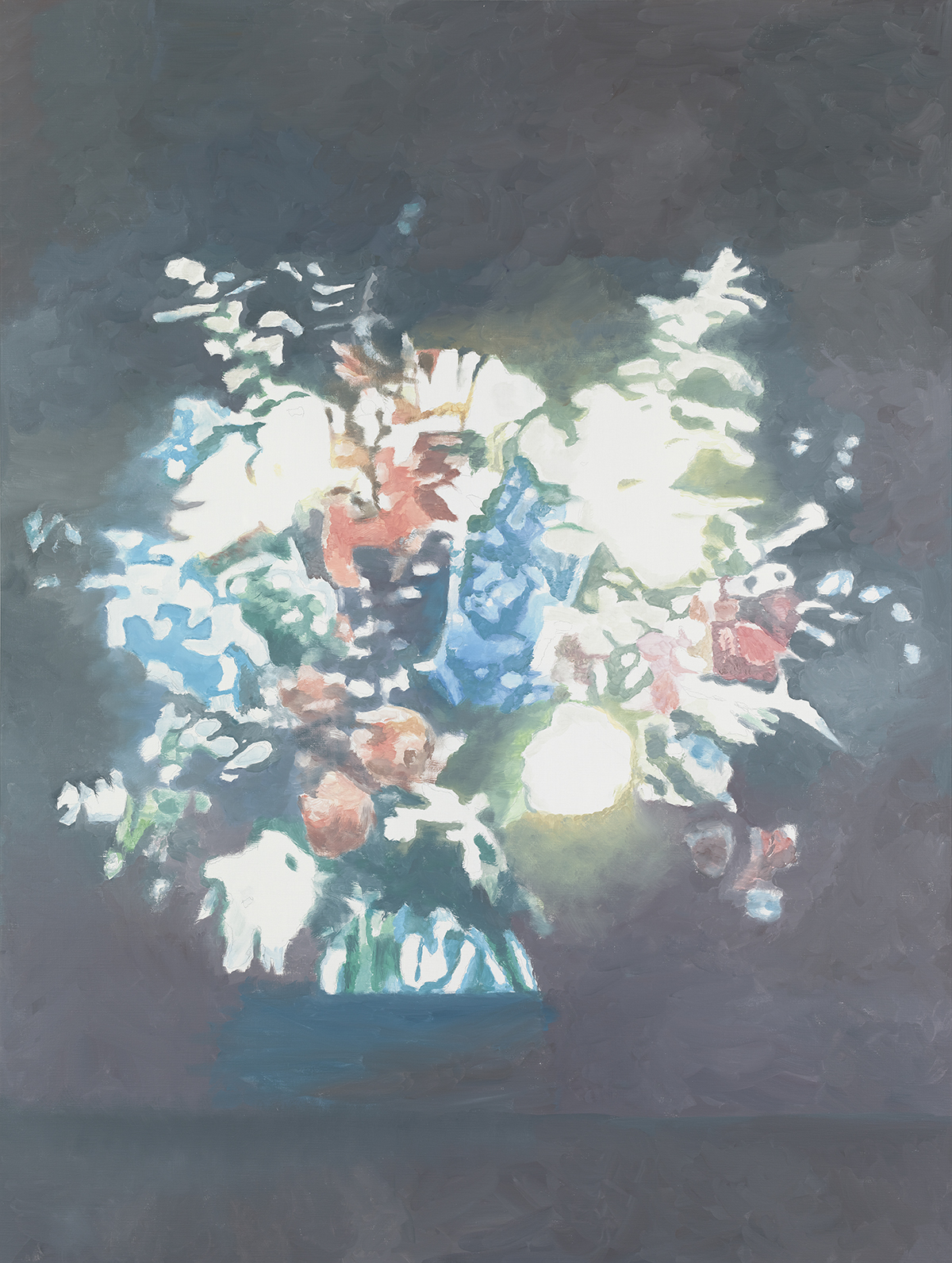

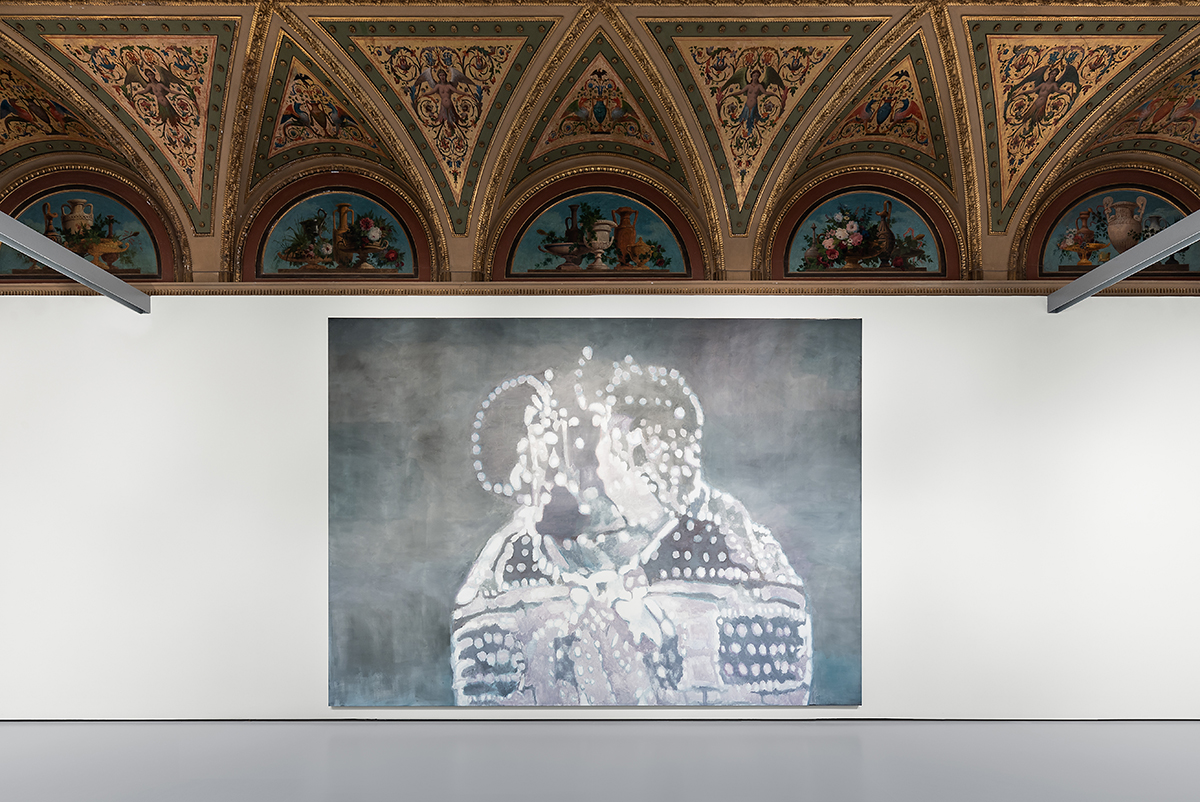

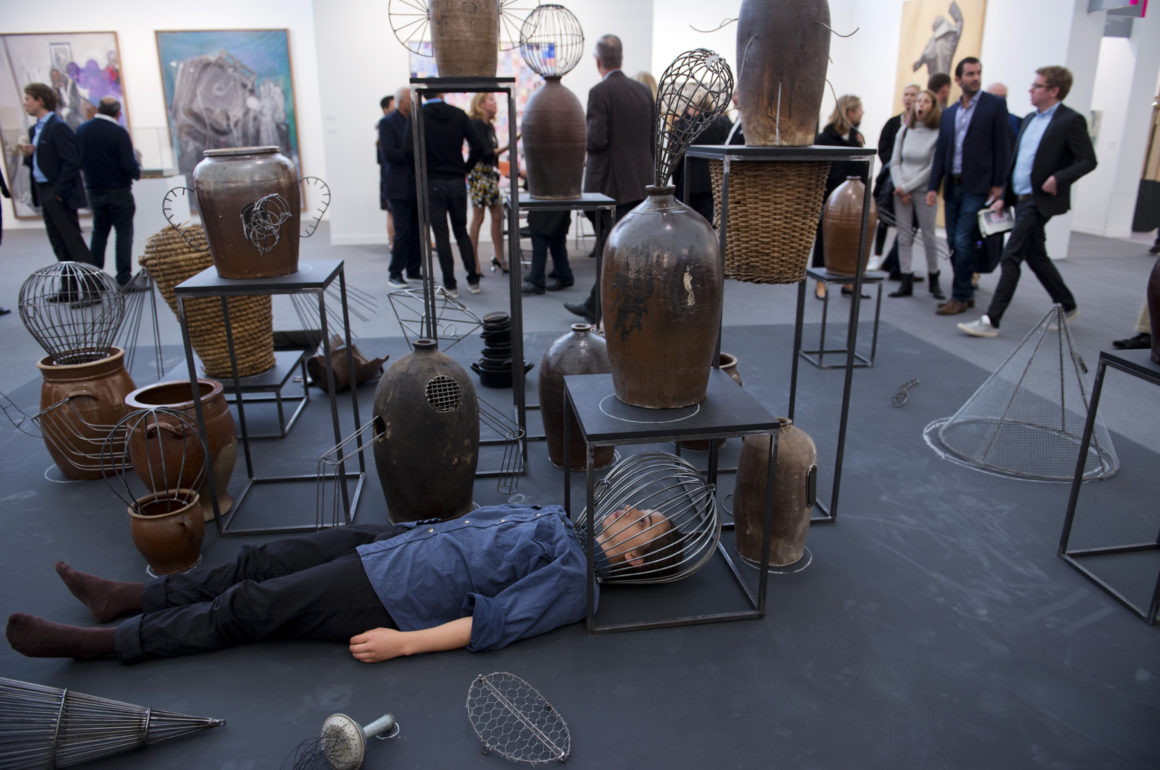









Recent Comments